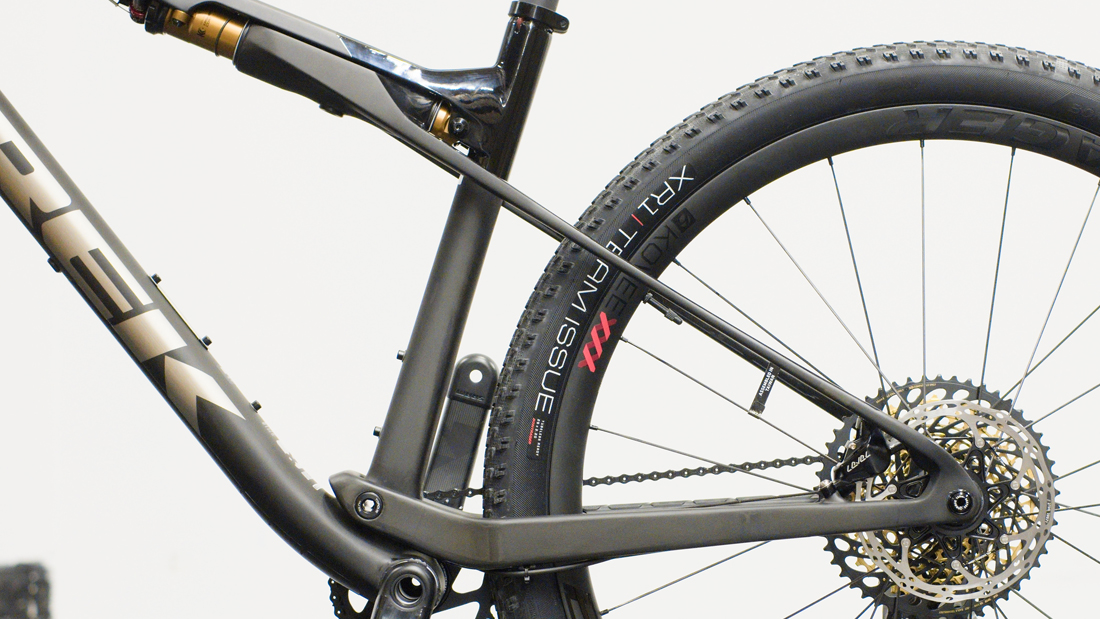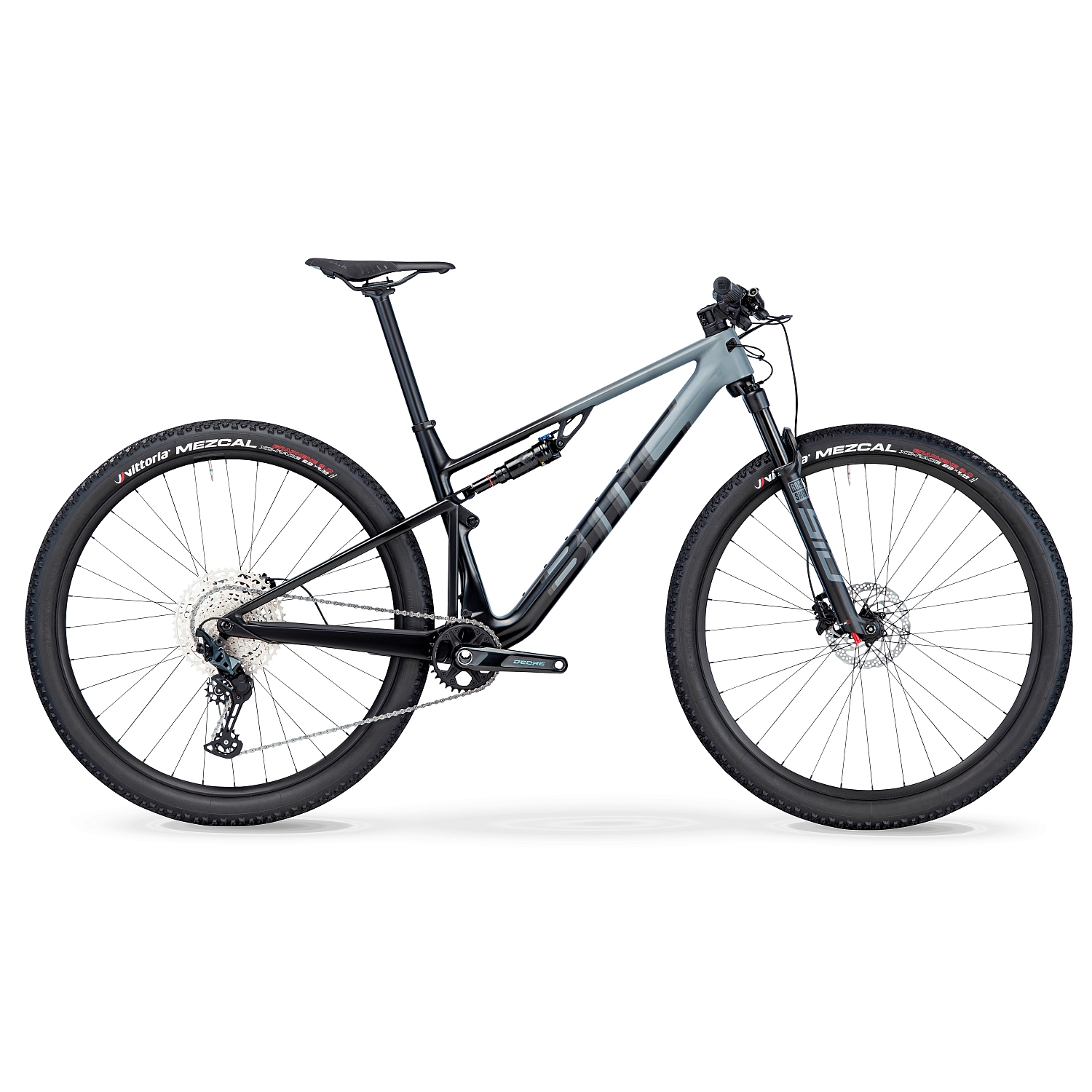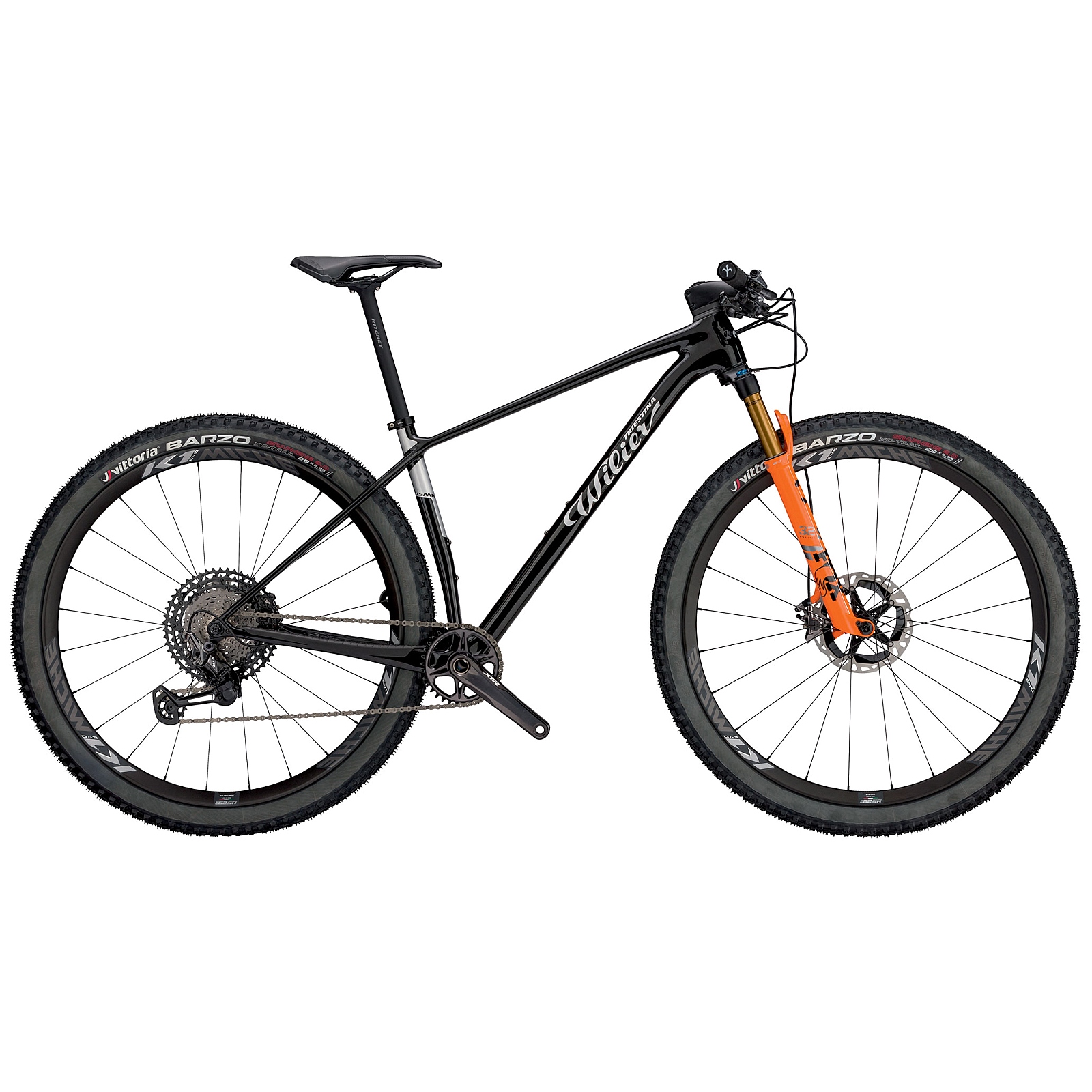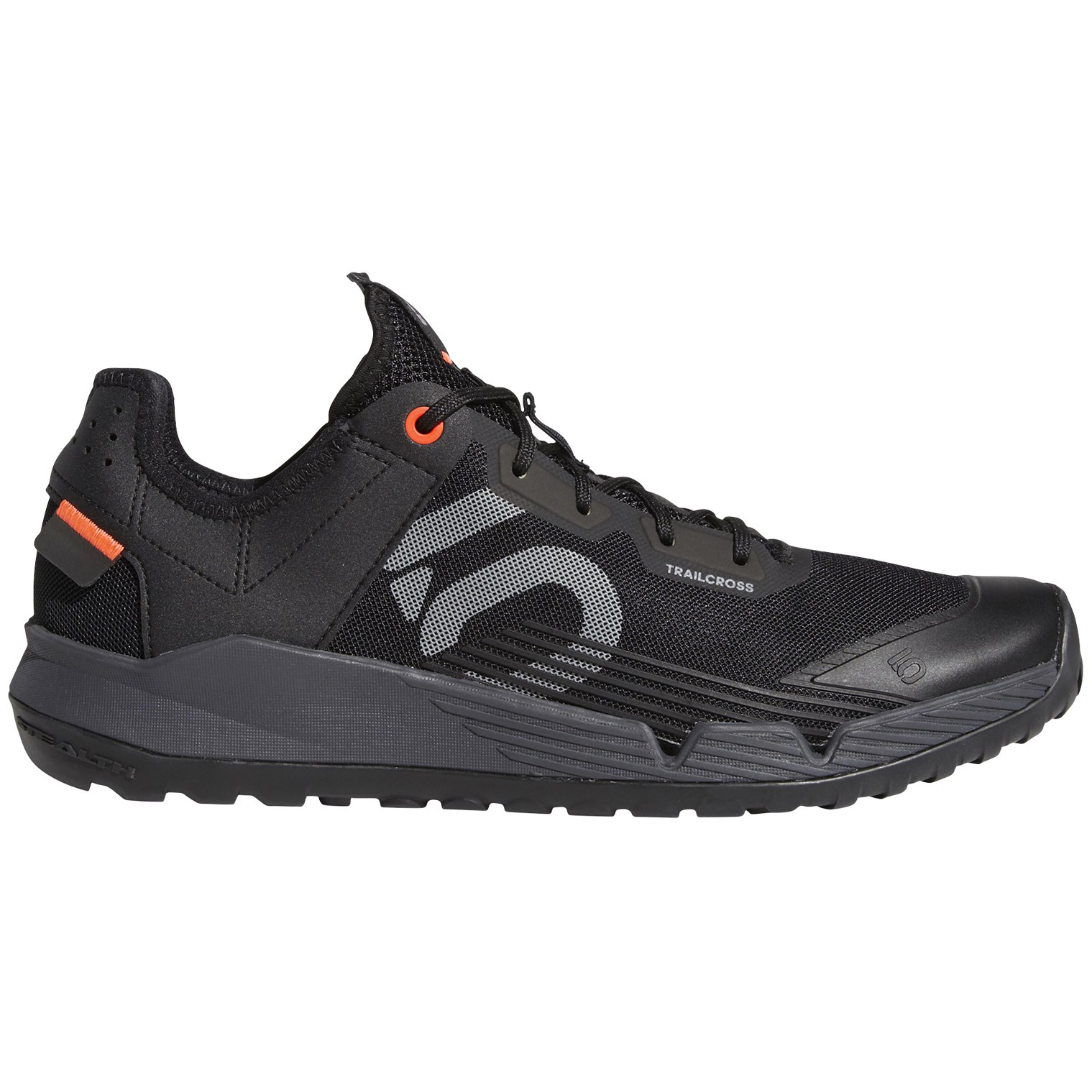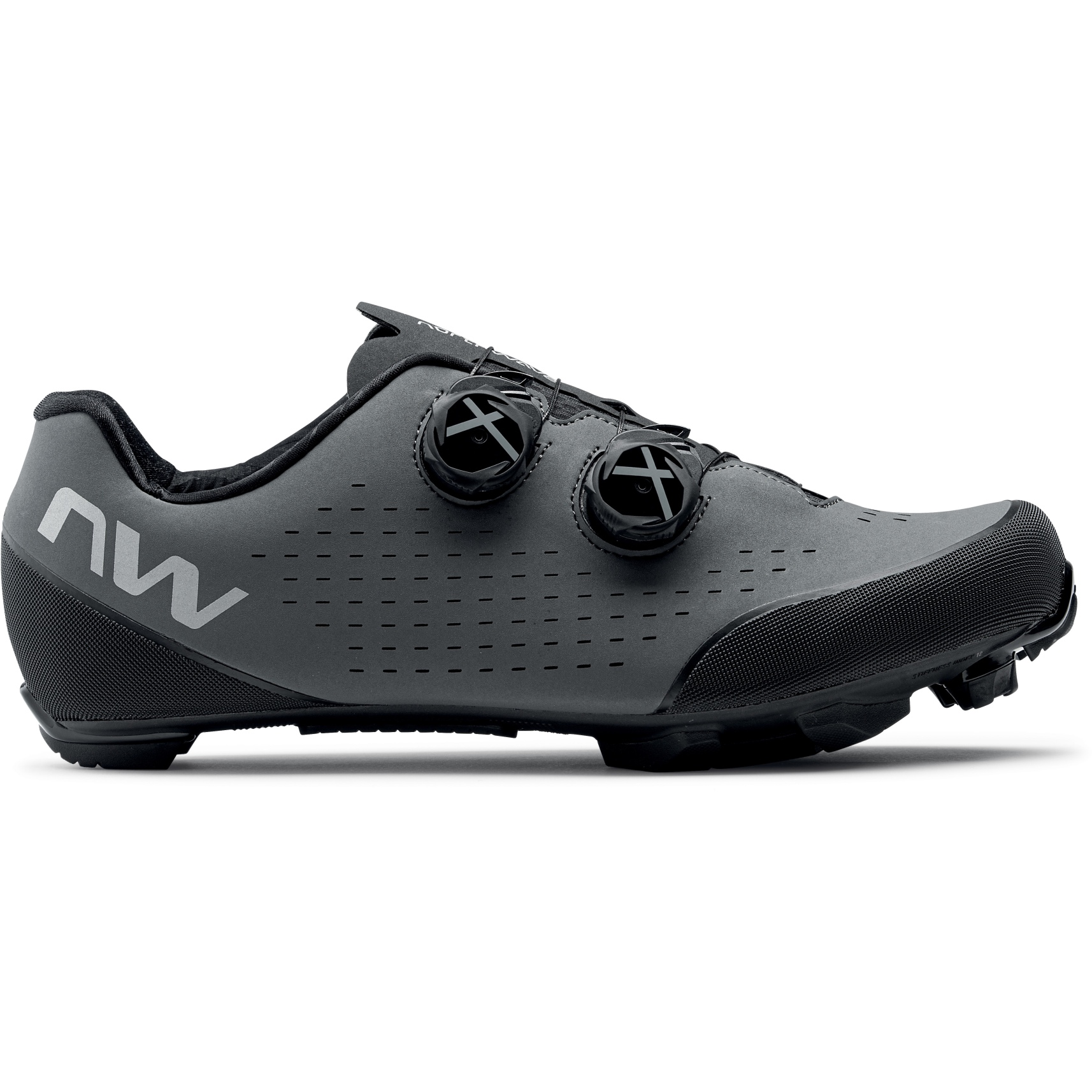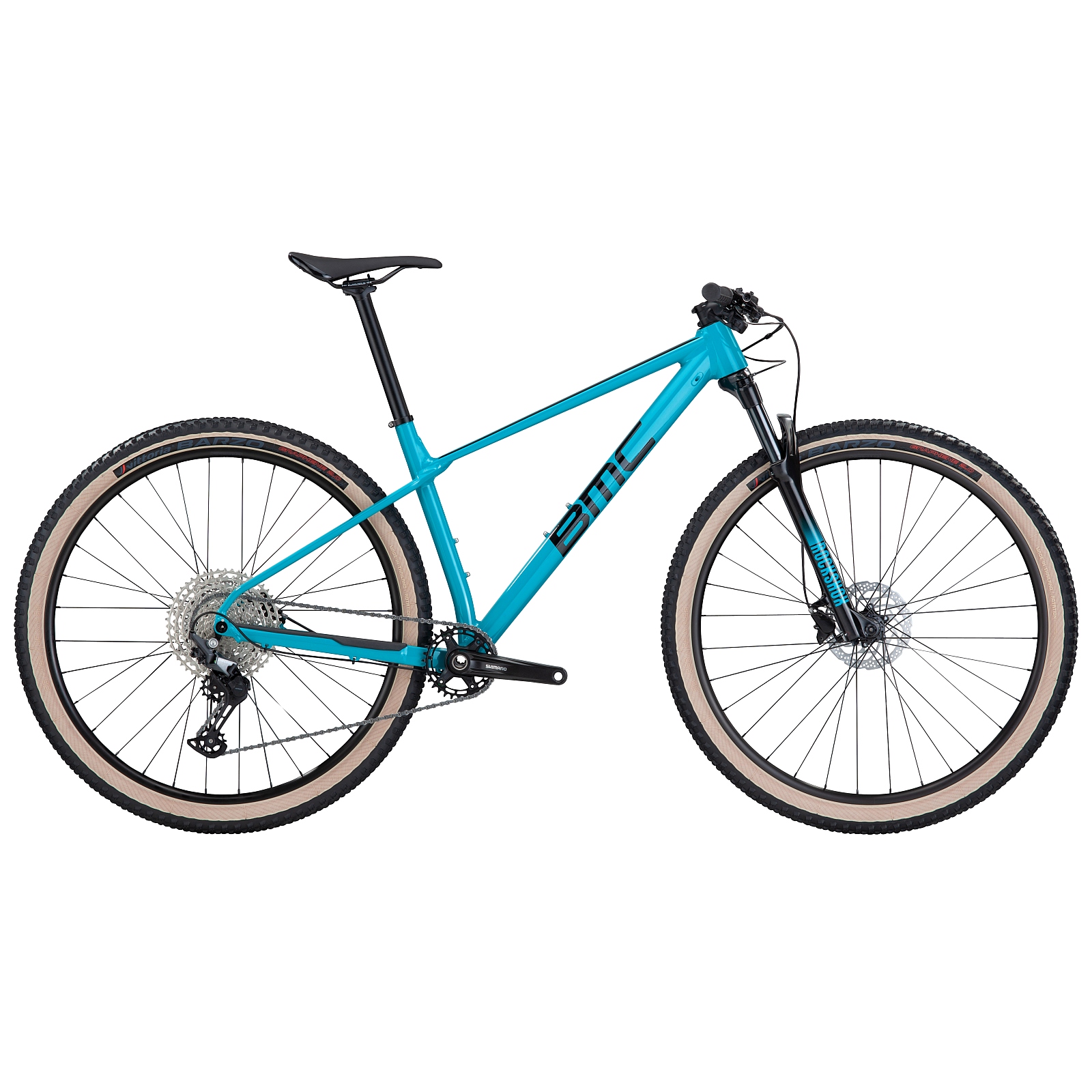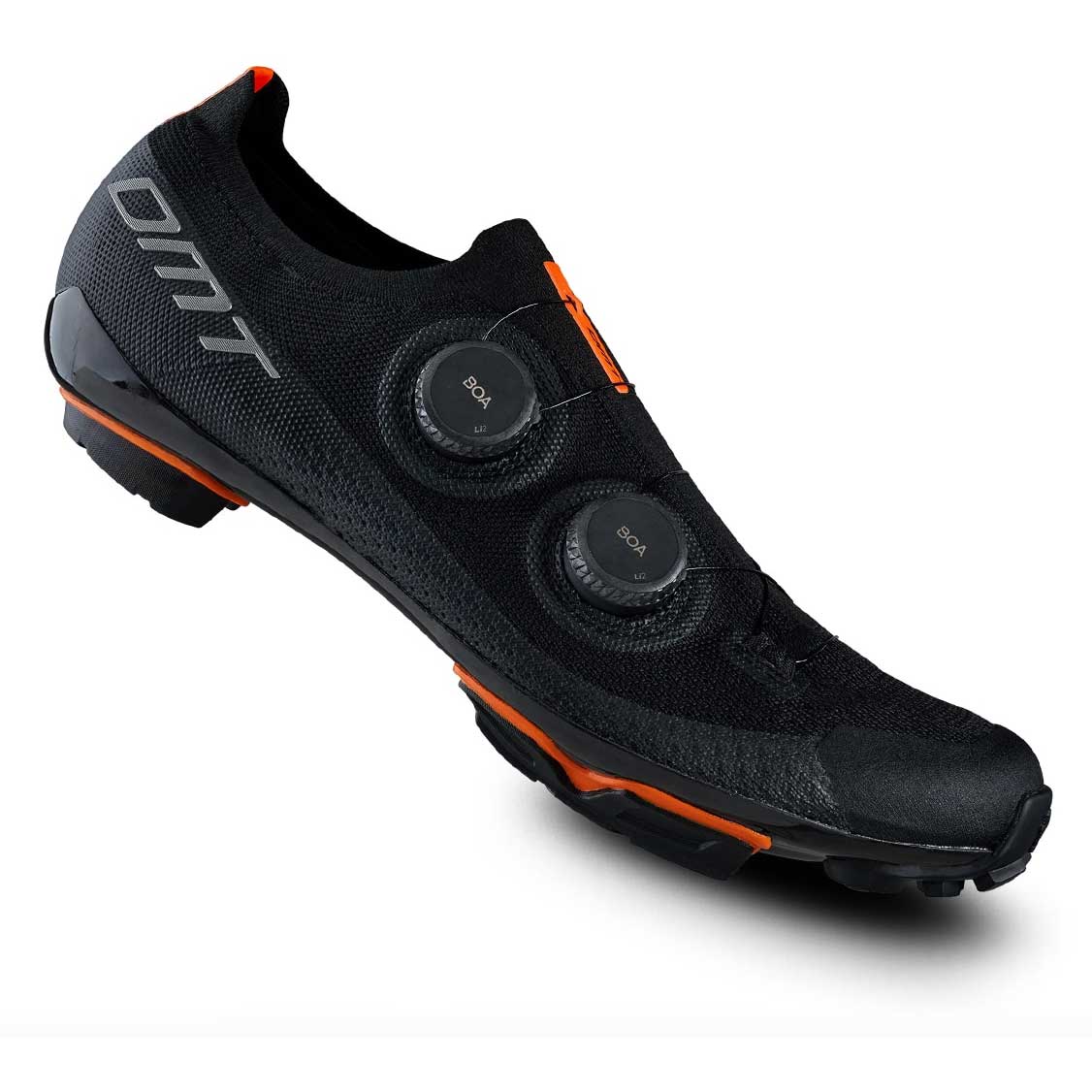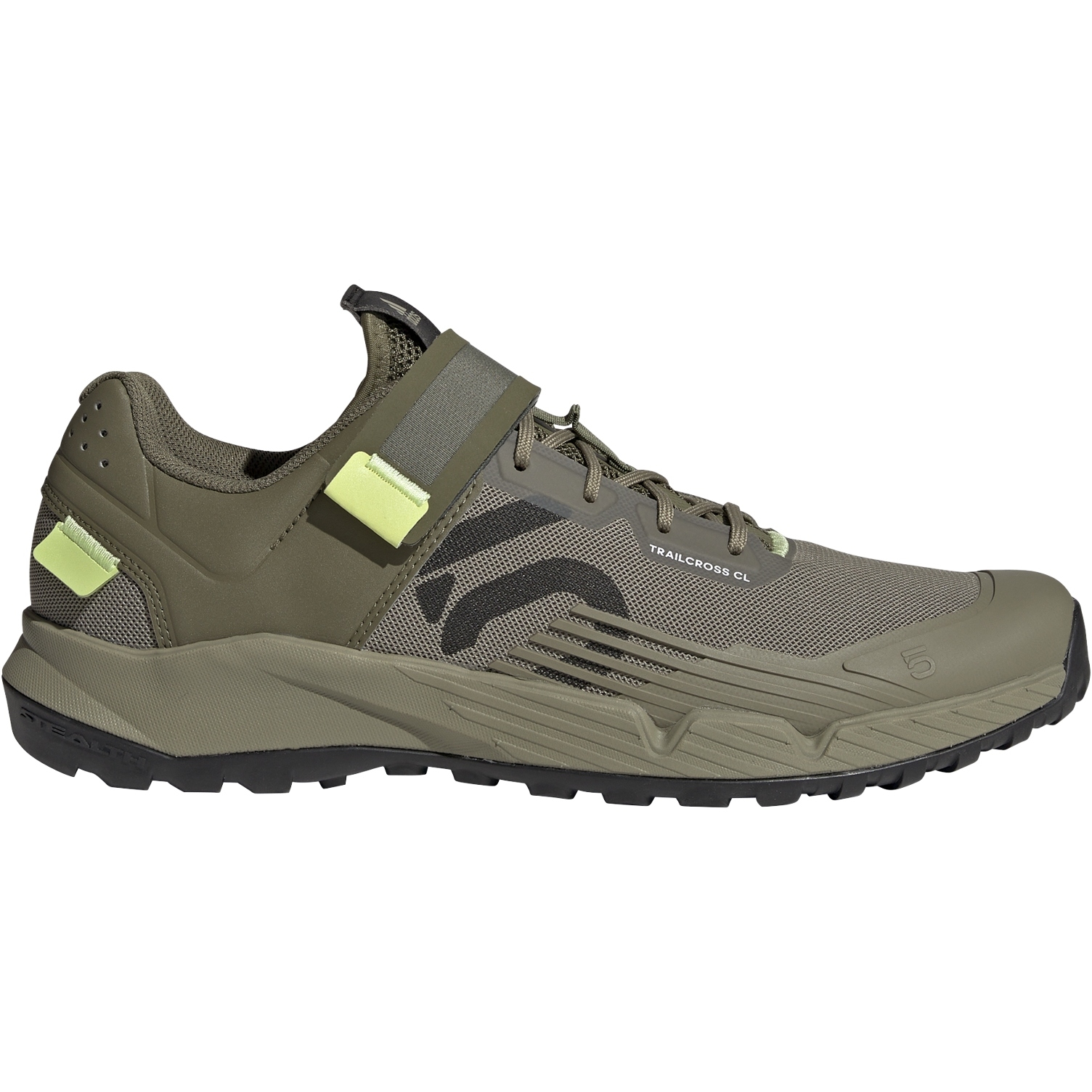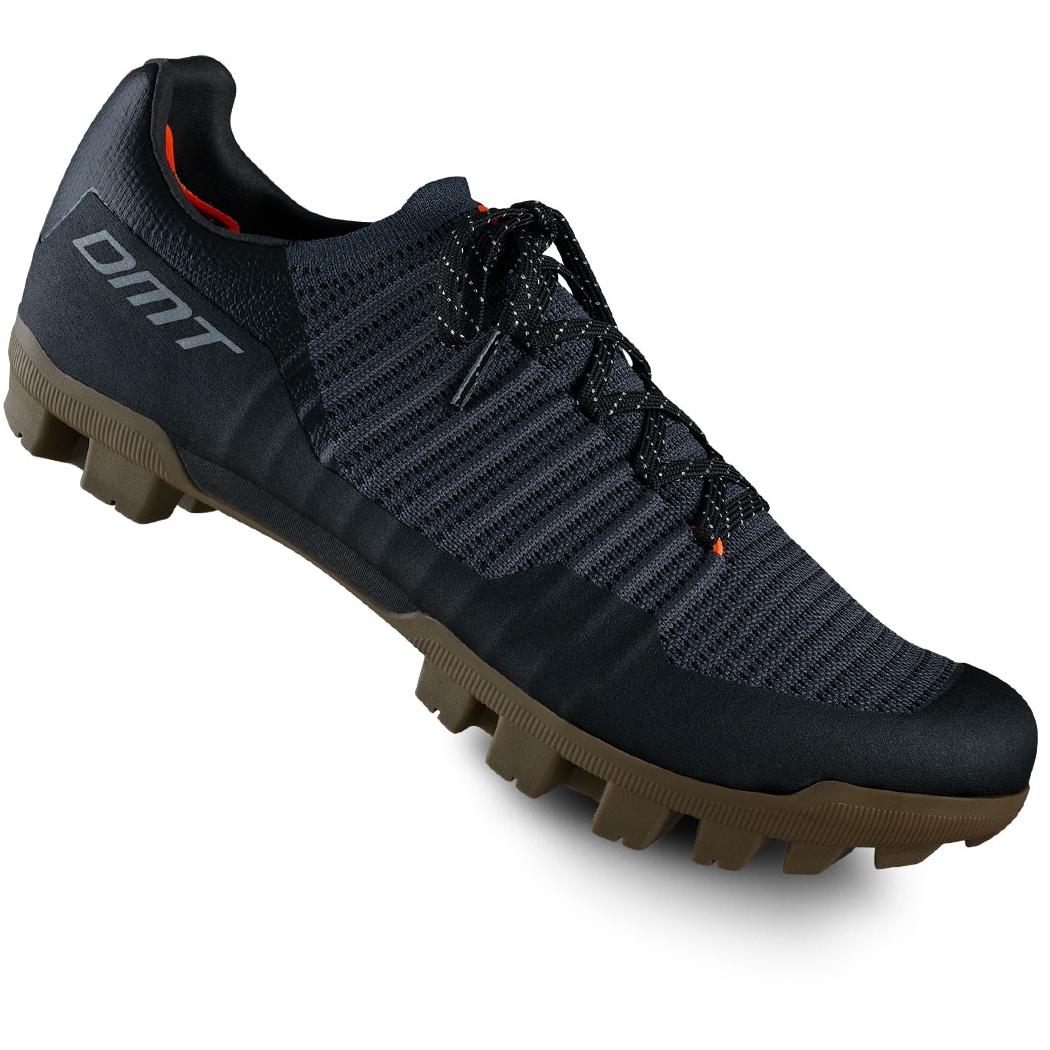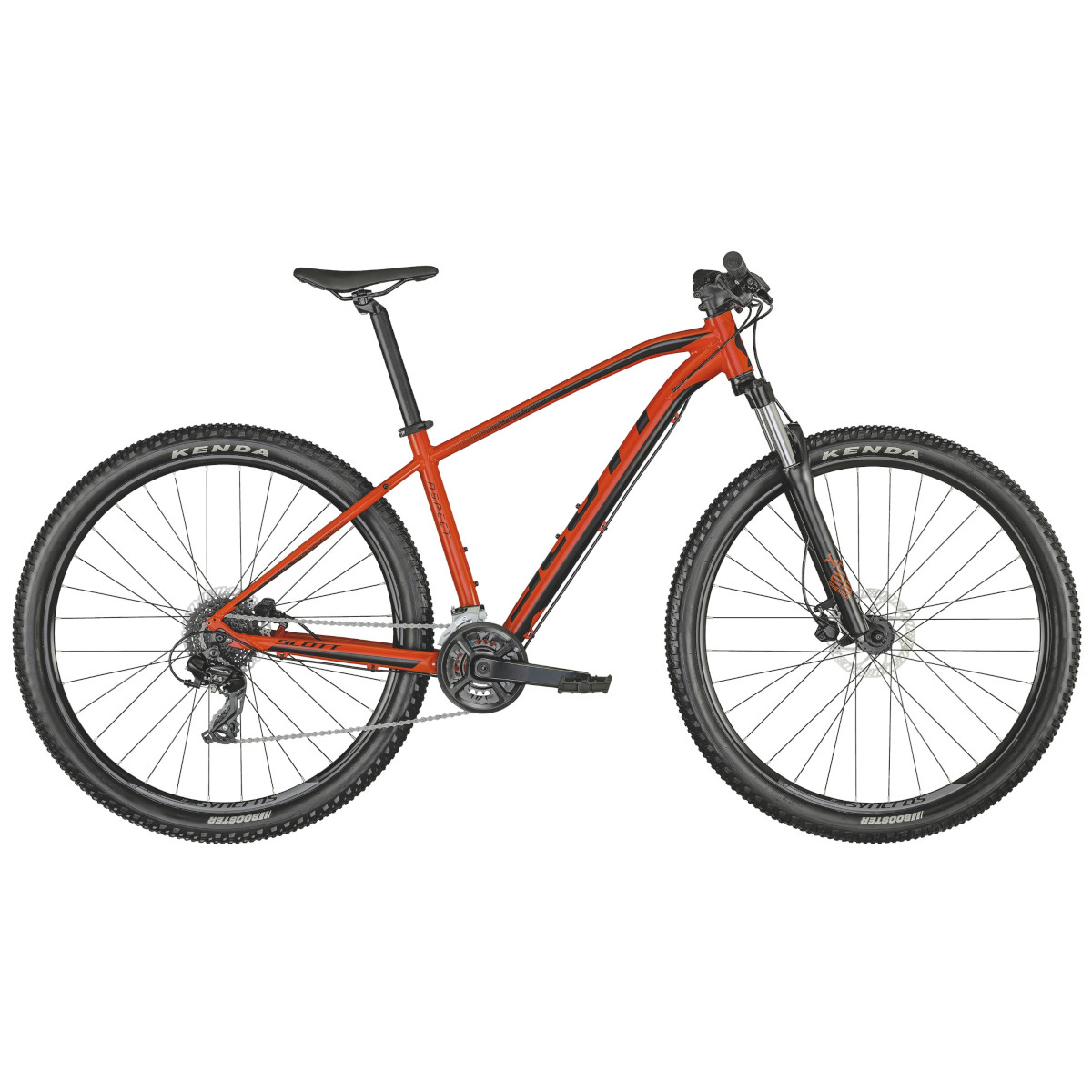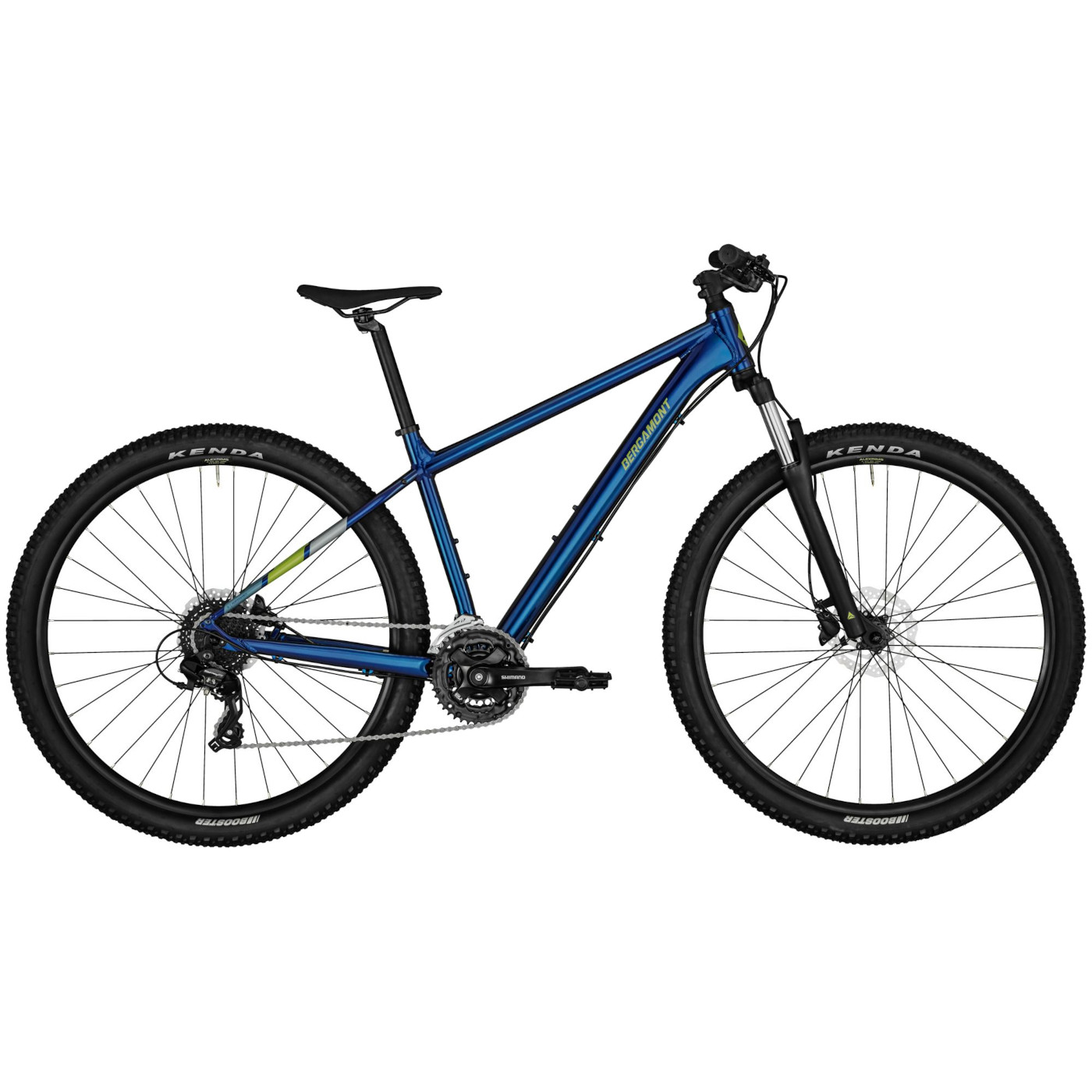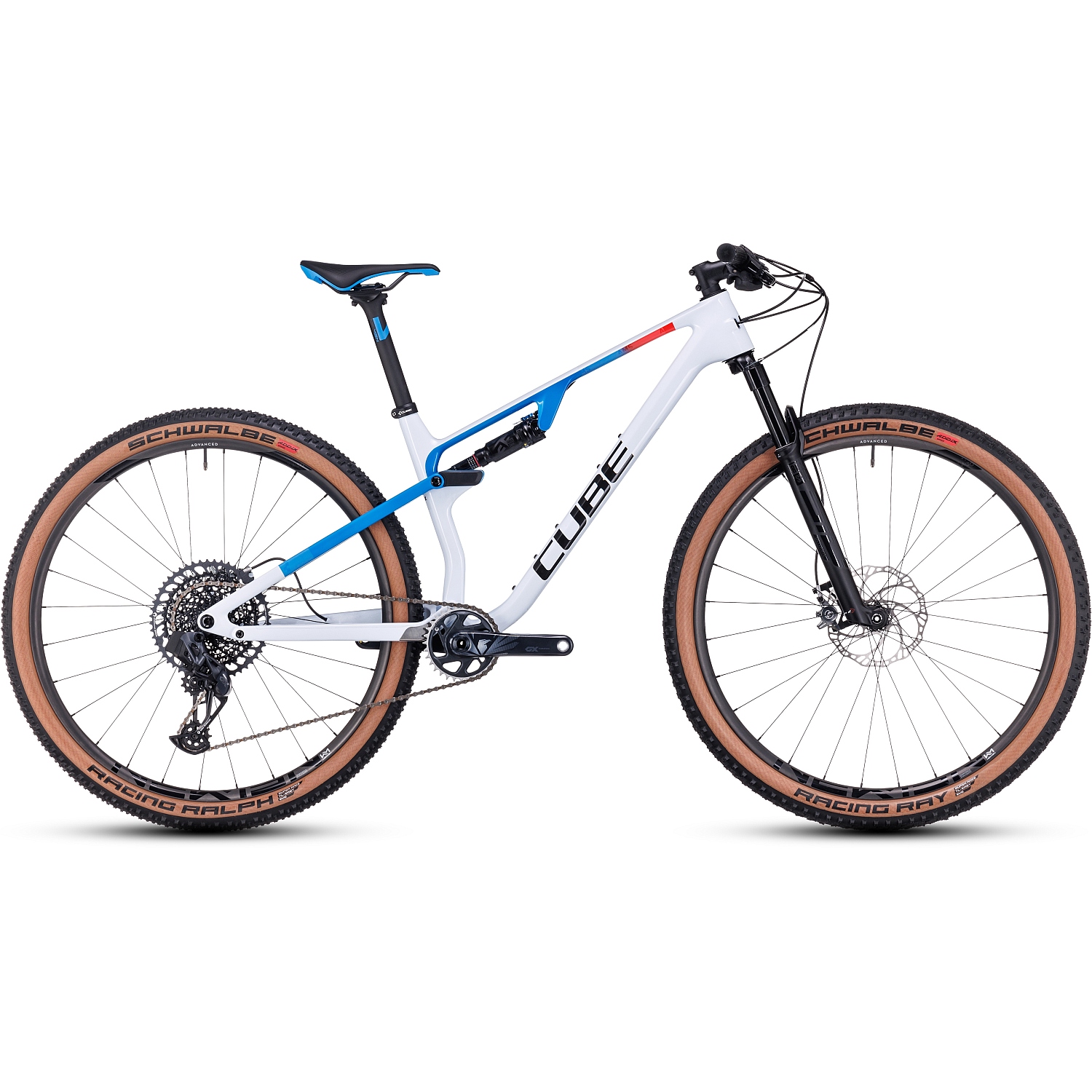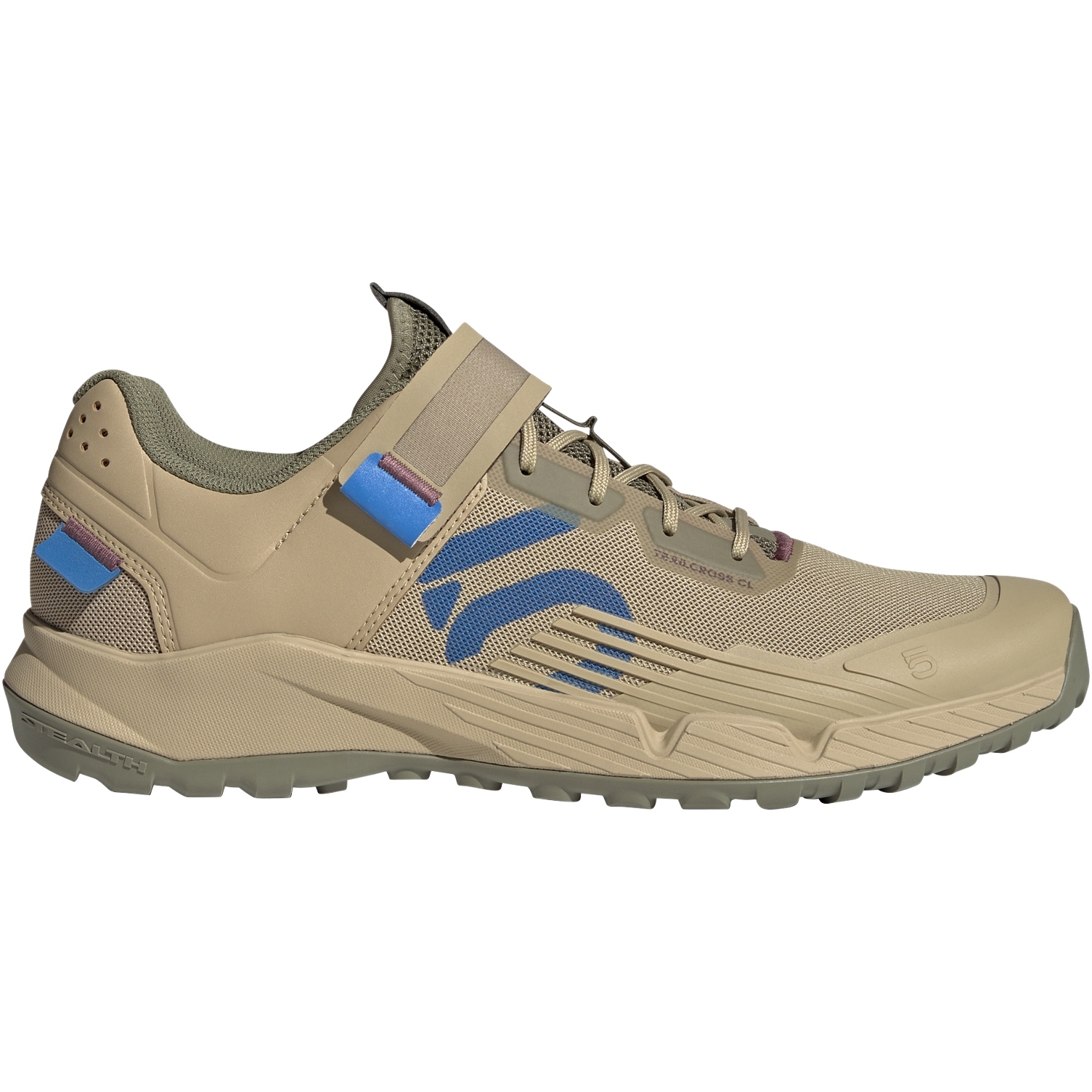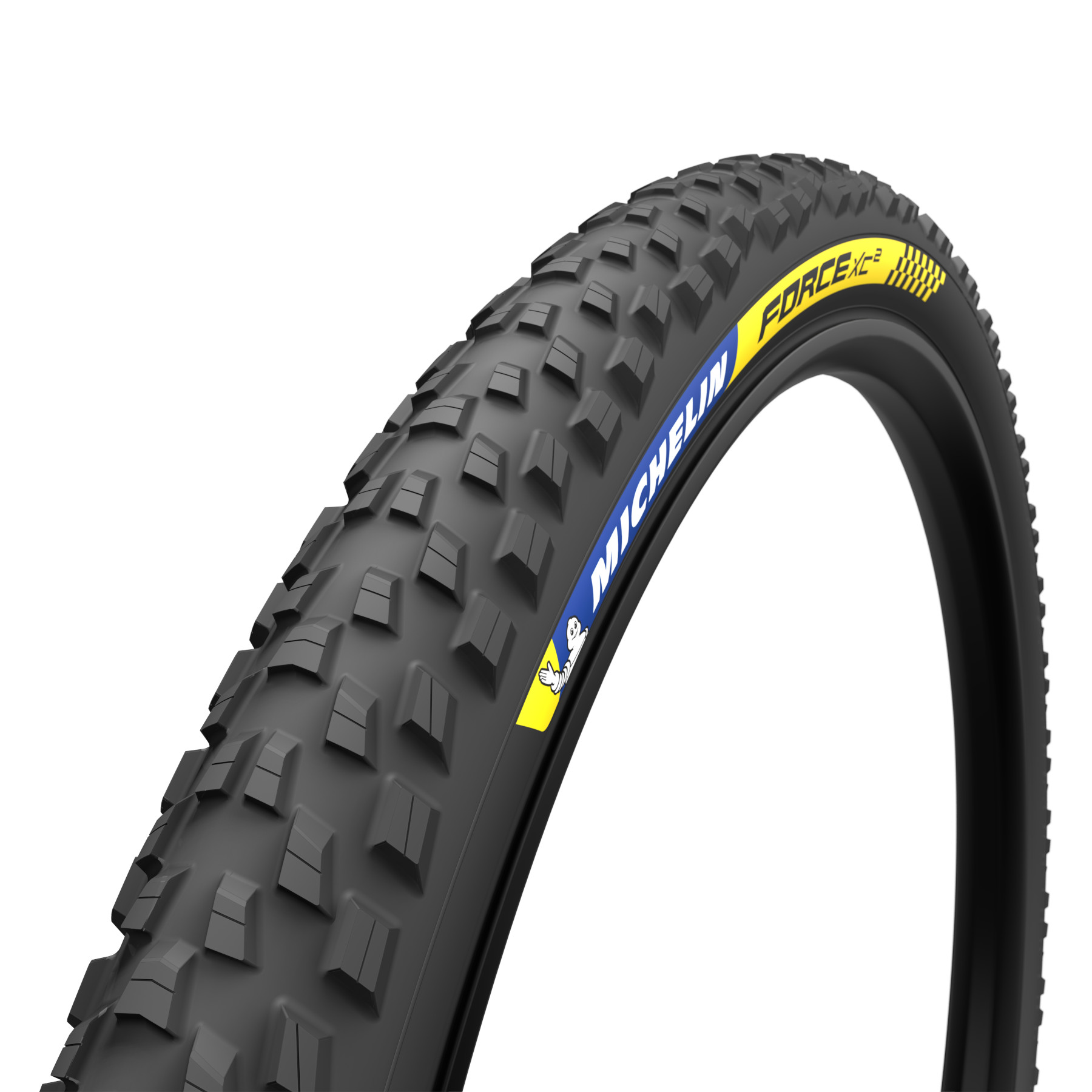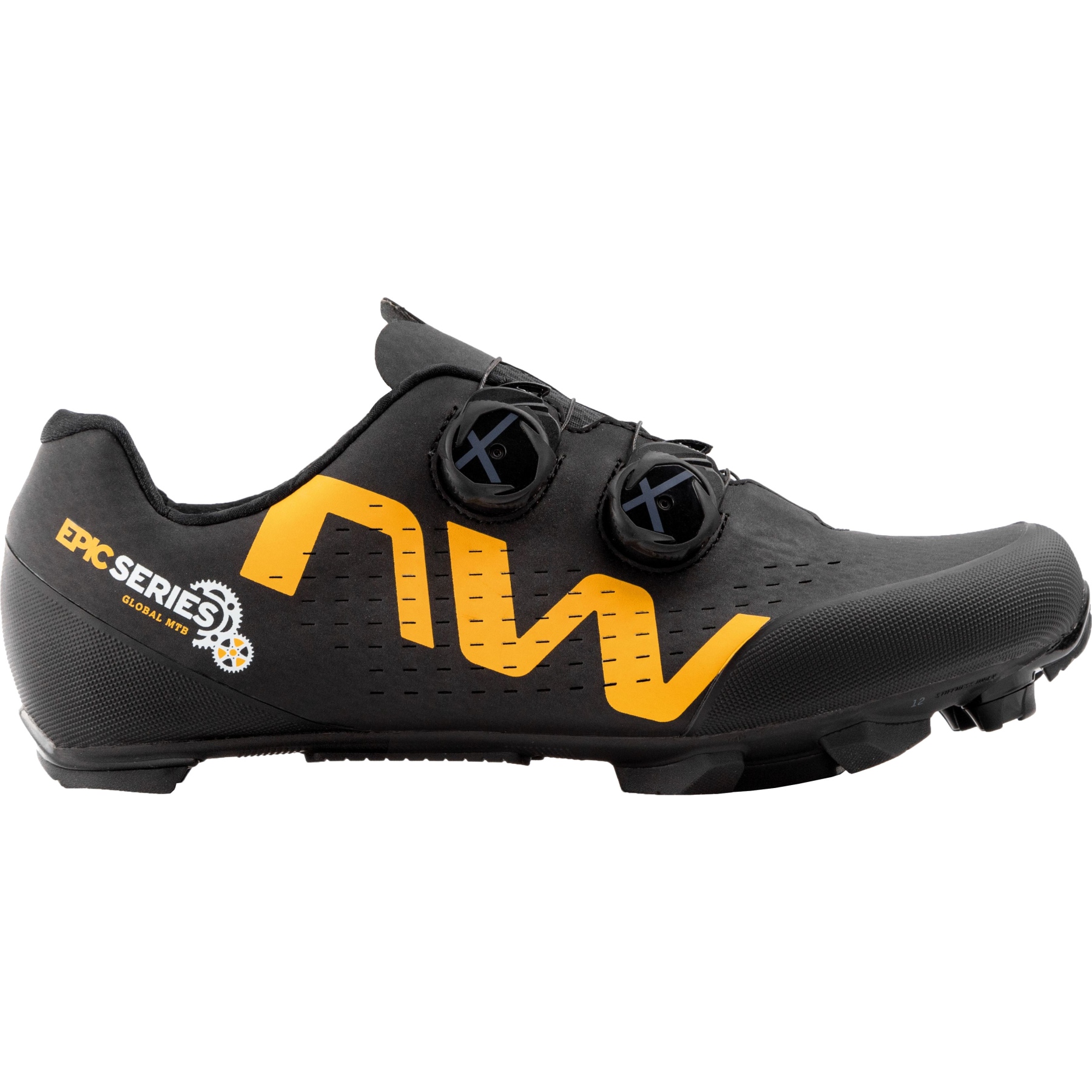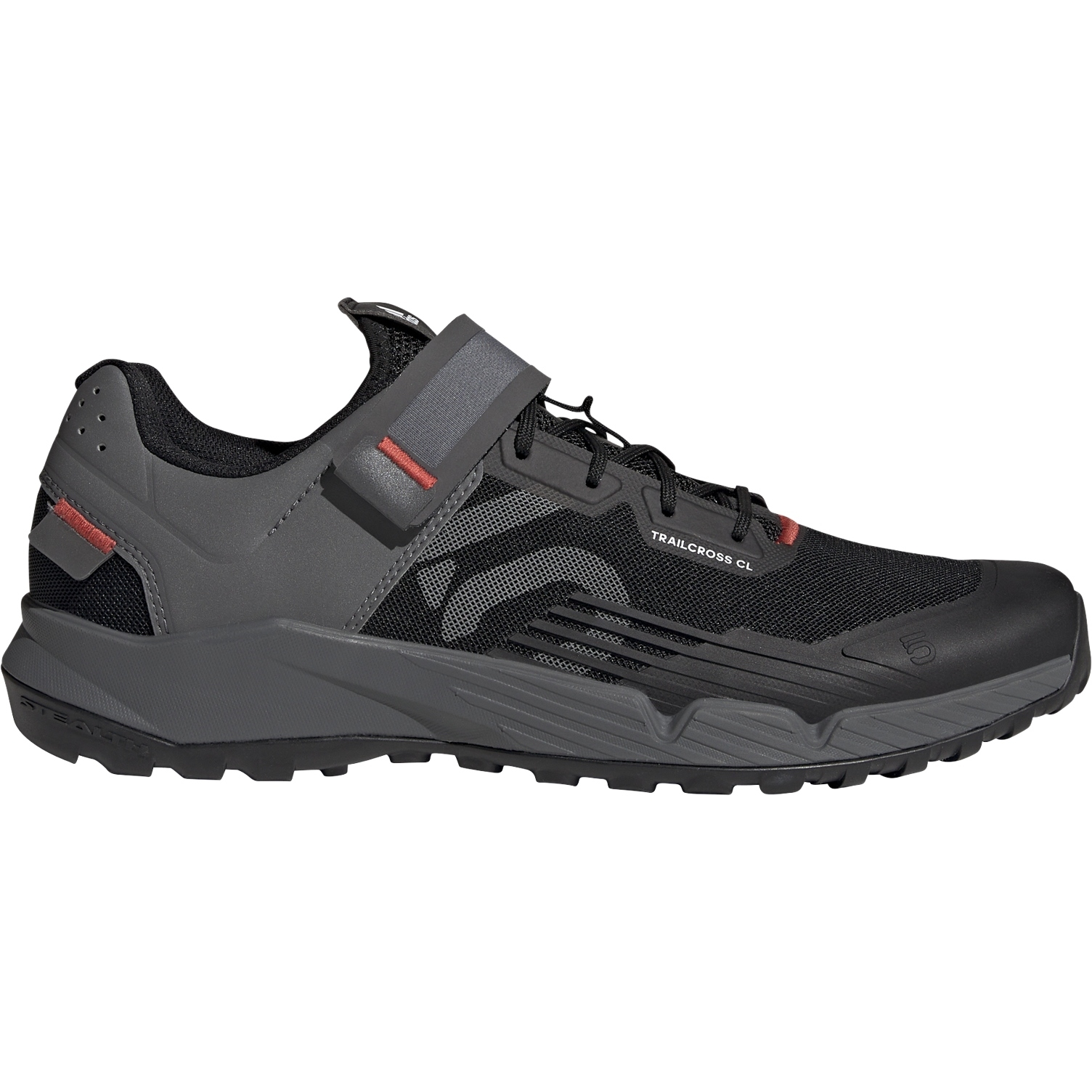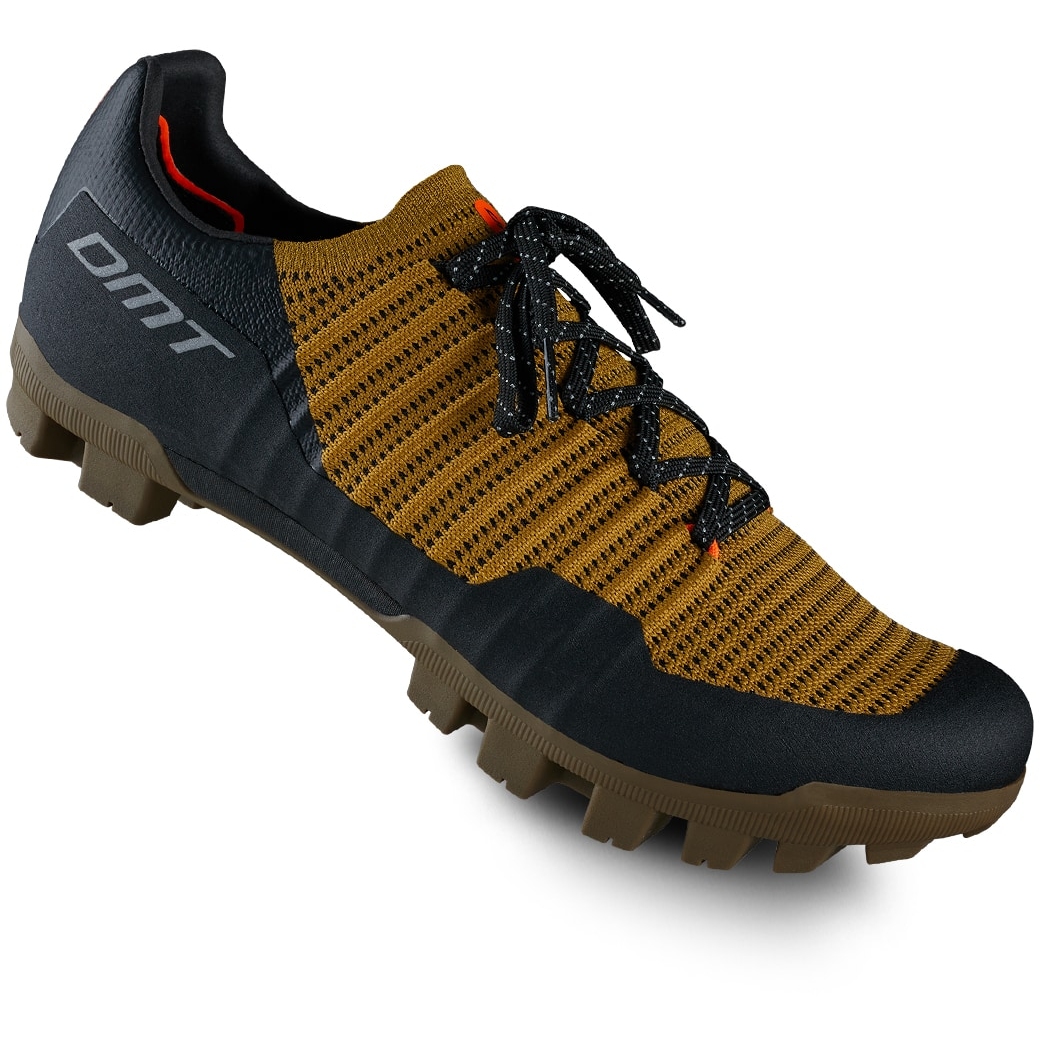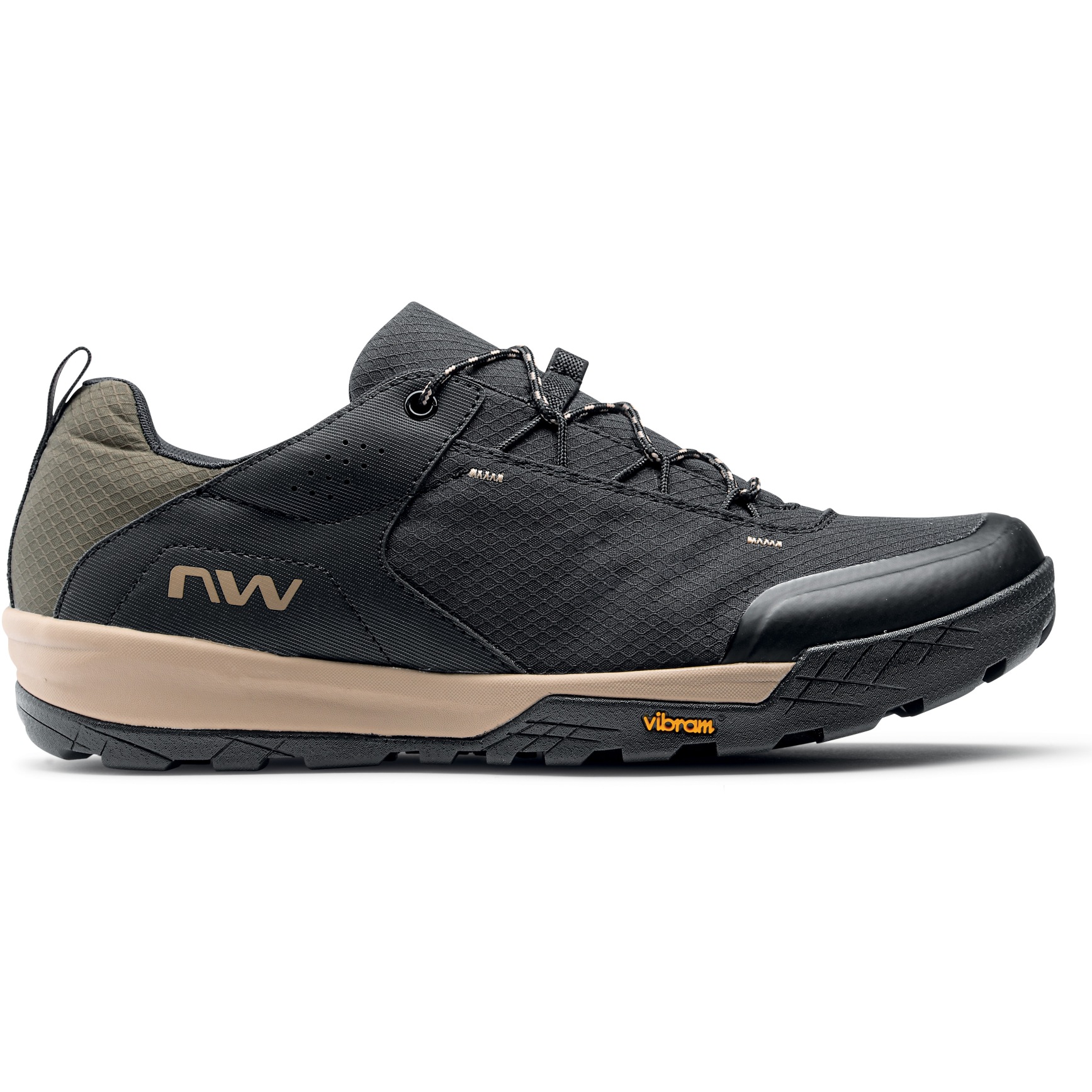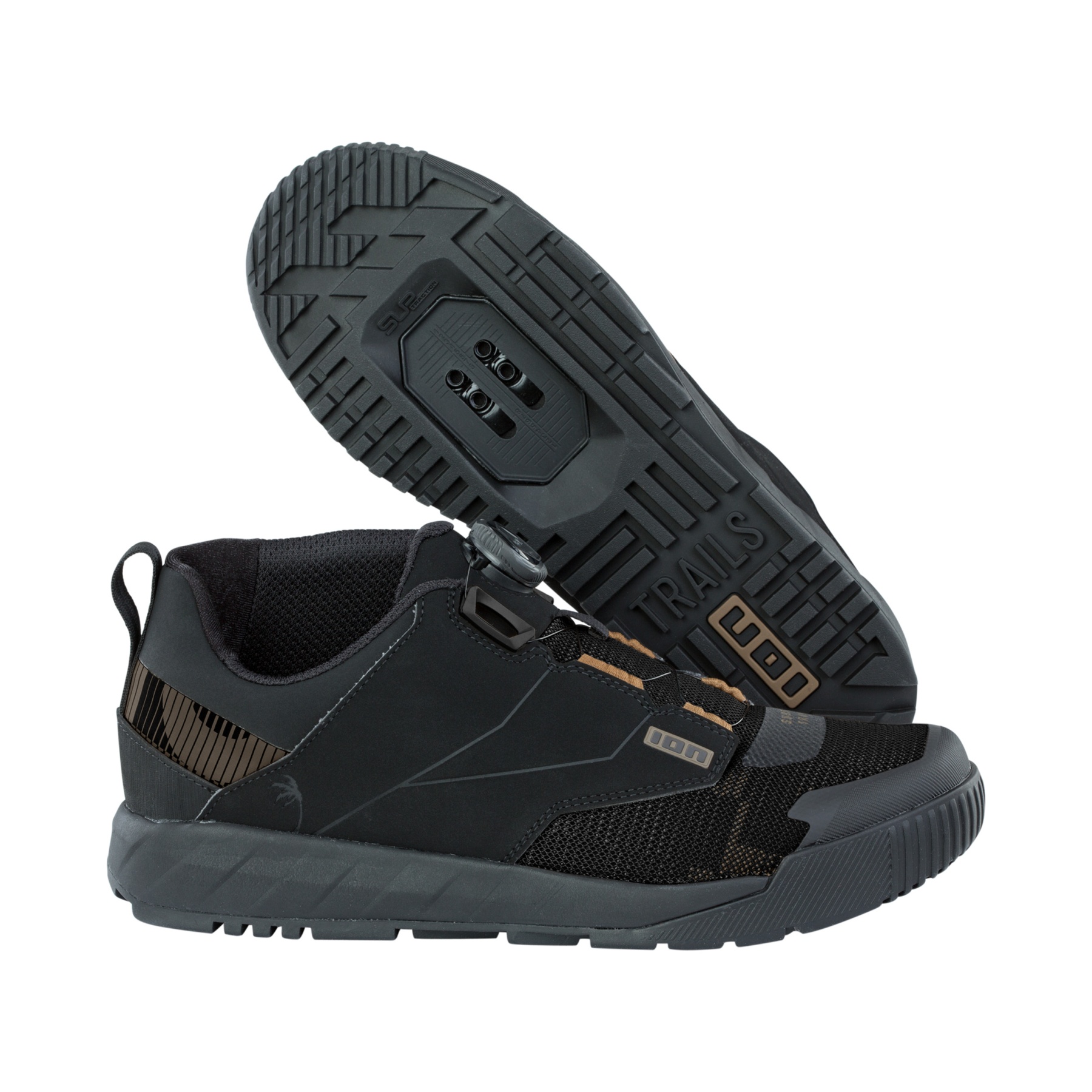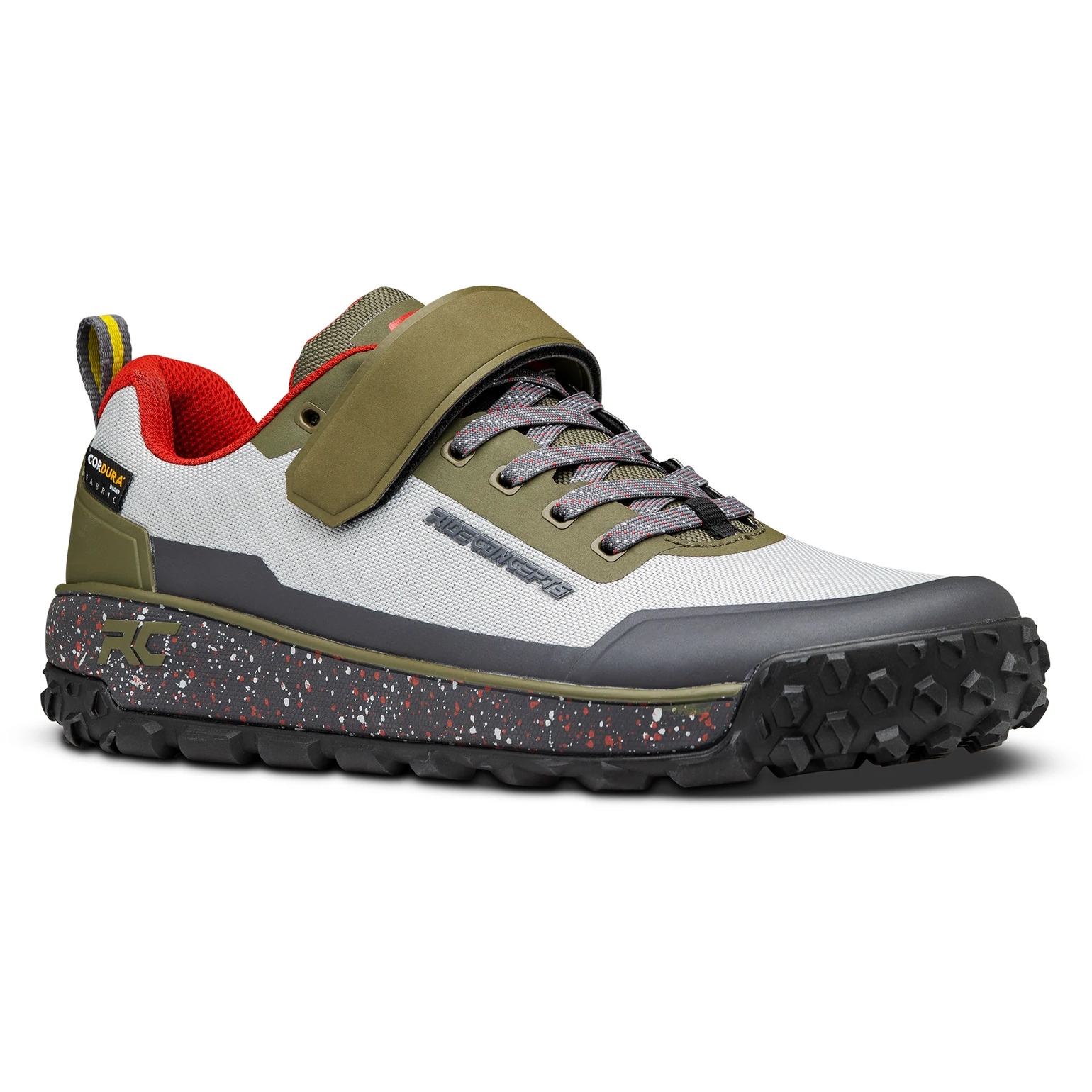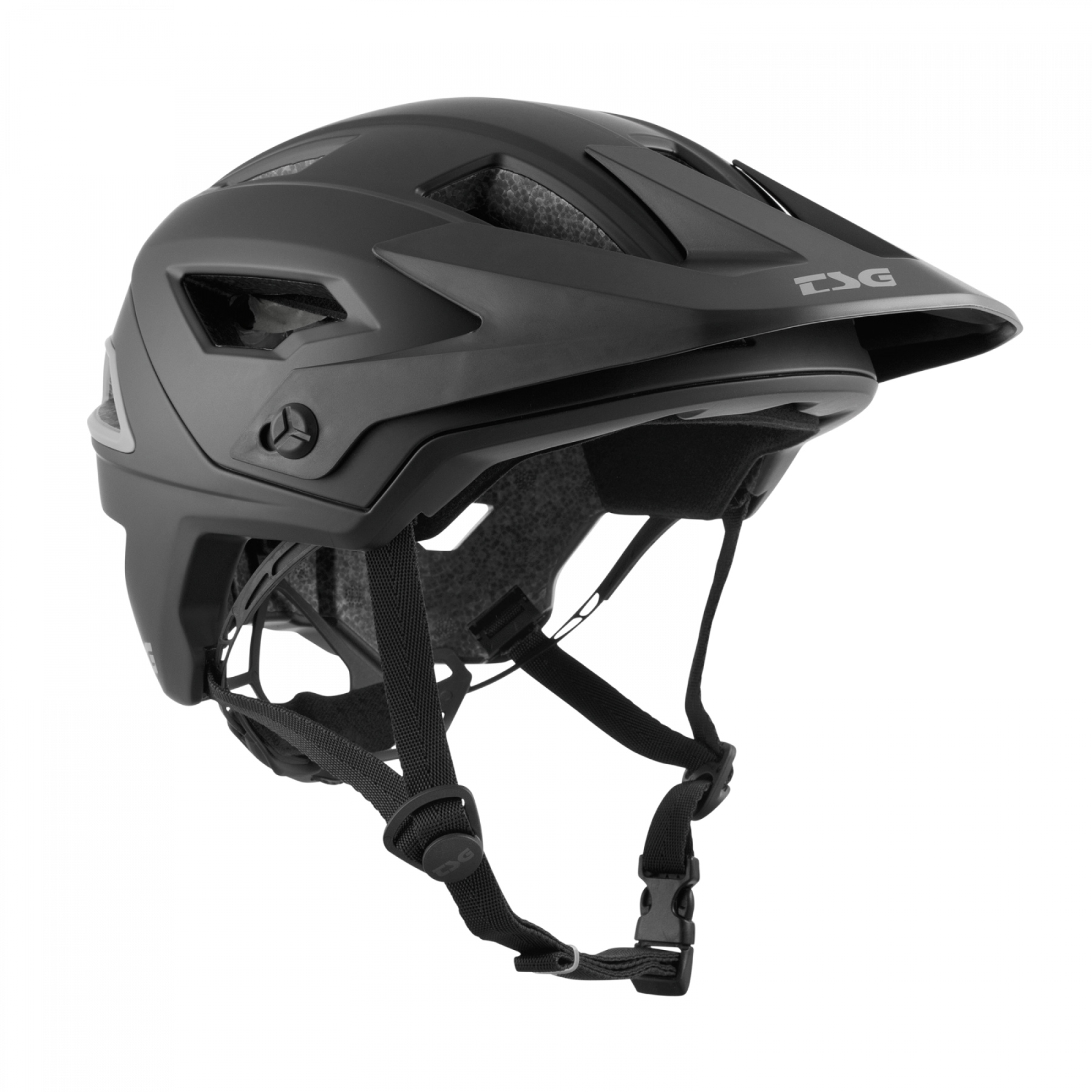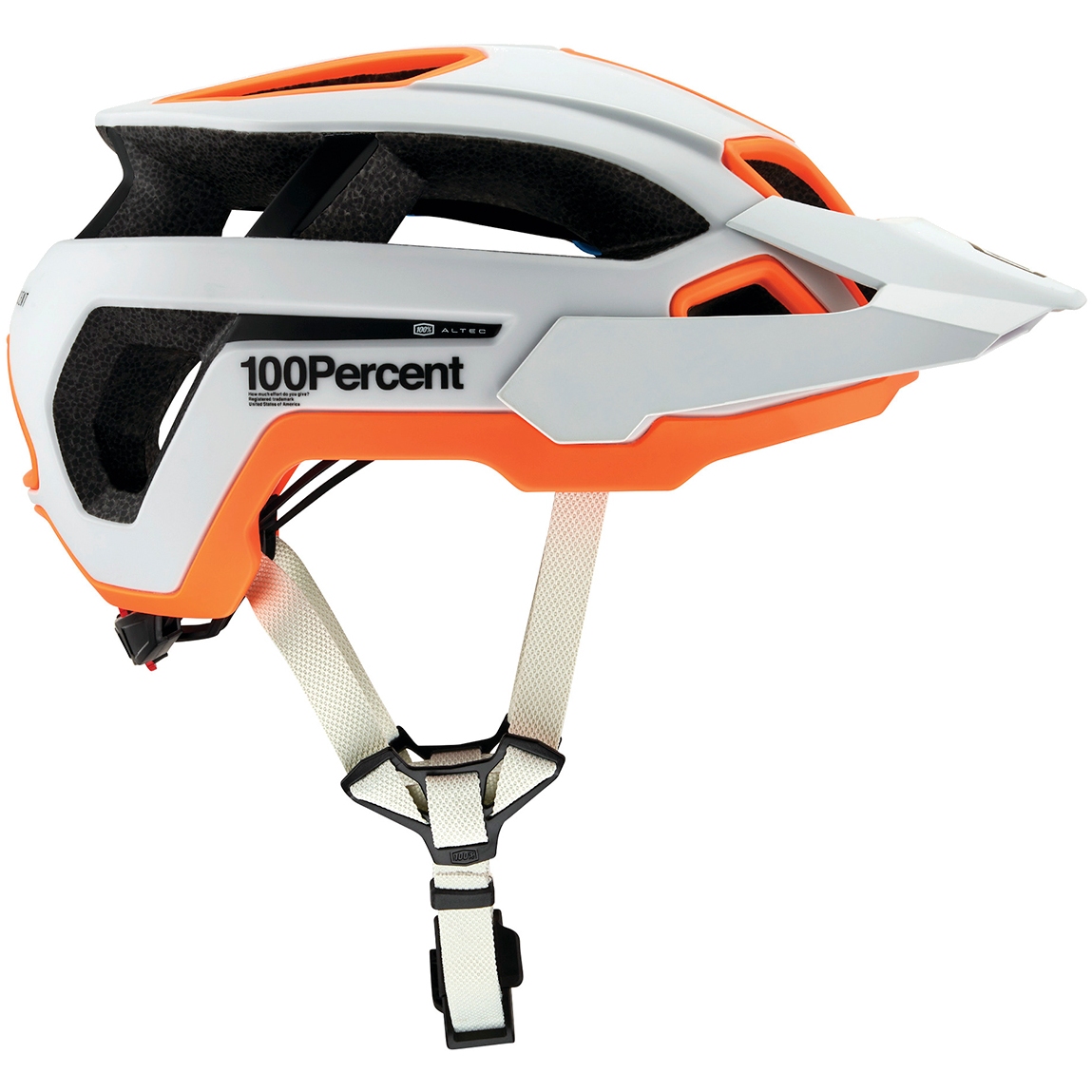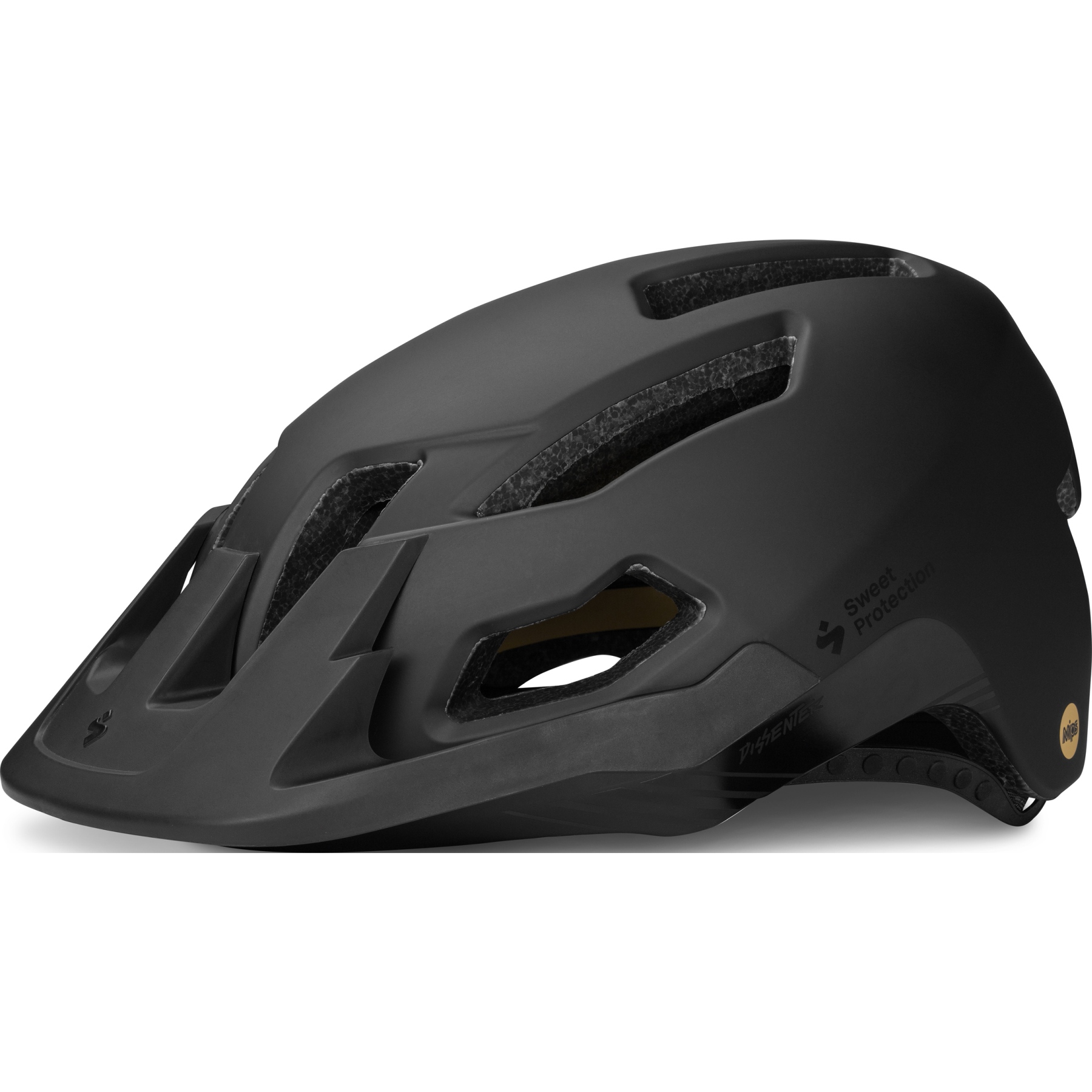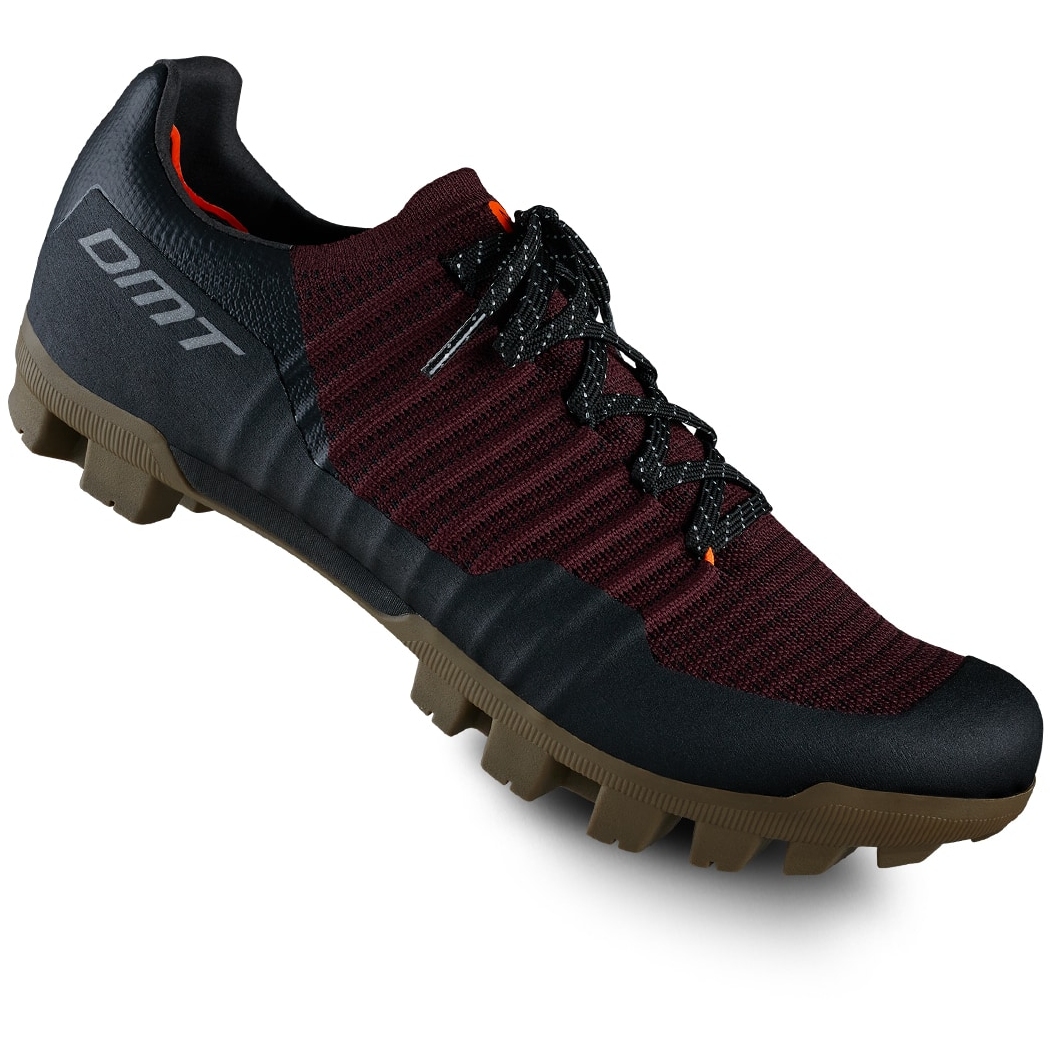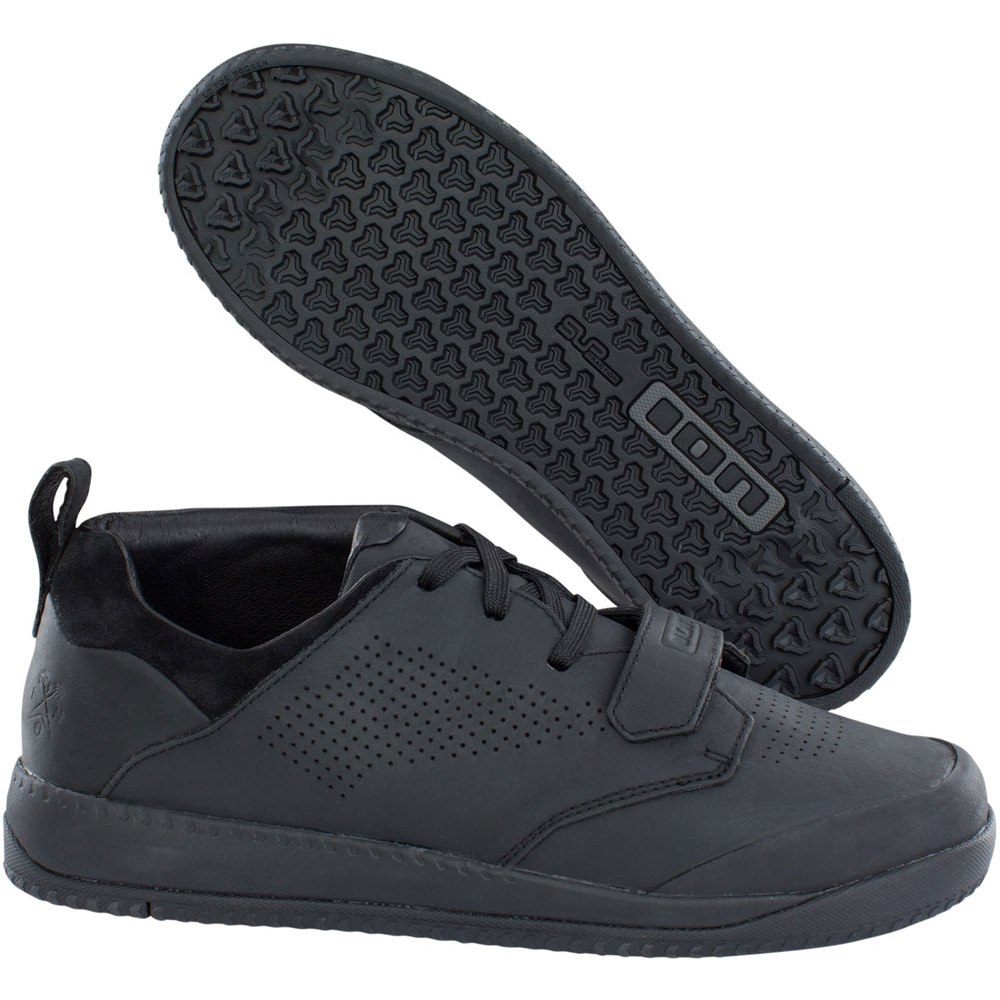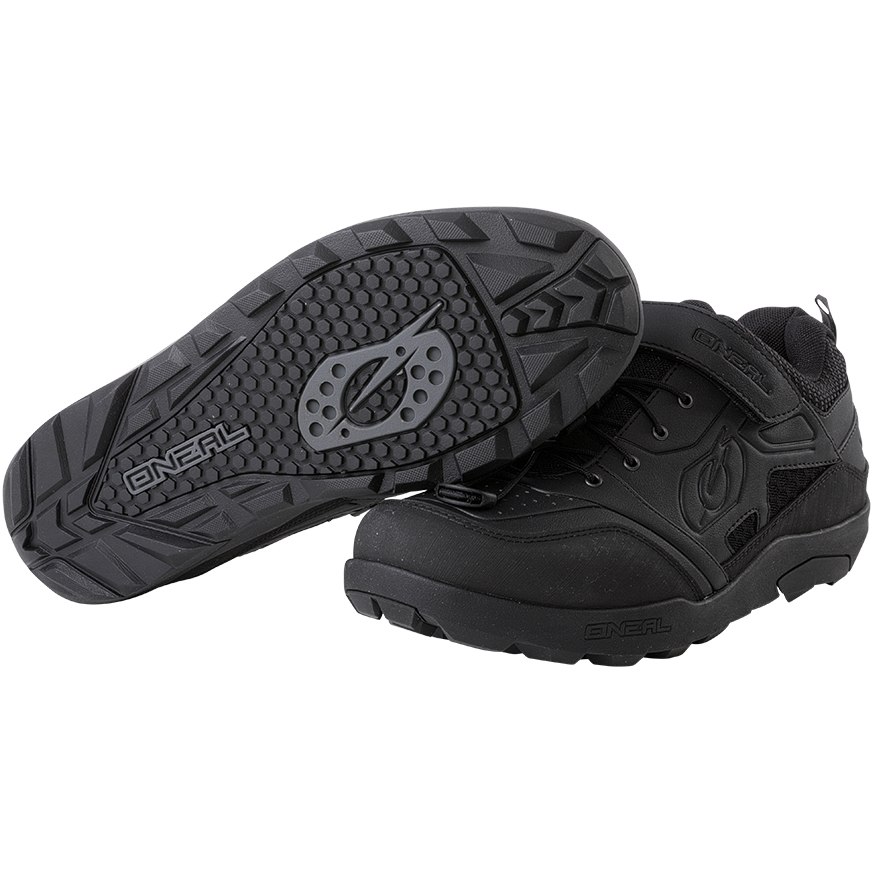- Home
- Cross Country MTB & Marathon Riding – All Relevant Information, Top Bikes & Equipment
Cross Country MTB & Marathon Riding – All Relevant Information, Top Bikes & Equipment
Many ambitious cyclists and athletes who mainly ride on tarmac in the summer have known this for a long time. Mountain biking and training can also be done quickly and efficiently off-road with a cross-country mountain bike. Mainly light XC MTB hardtails, but also more and more full supension bikes, make it possible to ride tracks with moderate single trails, forest paths and sometimes even with paved road segments as quickly as possible. XC Race and for long-distance fans XC Marathon have established as race types. If you want to know what XC MTBs are best suited for, please click here.
Read moreCross Country or Marathon – Short and Crisp or Is Reaching the Finish Line All That Matters?
Anyone who has ever been to a cross-country race as an athlete or spectator knows that exciting neck-and-neck duels, heart-stopping finales and a rollercoaster of emotions are not uncommon in such a race. In hardly any other MTB discipline are the competitors so close behind each other and fight for places, even when the course is nothing but a muddy desert. The reasons for this are the Olympic race format or mode (also called XC-Olympic [XCO]), the course character and the conditions. The most important facts about the classic.
- Race format and mode:
- Mass start with starting grid (for important races depending on previous results)
- Individual competition – everyone fights for themselves
- A fixed number of laps or a certain time plus a final lap will be ridden, the length of a single lap is between 3 and 9 kilometres.
- For lapped riders, the race is actually over when the first rider crosses the finish line, hobby riders, however, often continue to the finish line for their own sake
- The final lap is announced by a bell
- Particularly on the last lap, there are fierce sprints on the flats
- The course:
- Fast loop circuits, where the race usually even gets faster lap by lap, but the smallest mistake can lead to a loss of place
- Long up-hills and short, very crisp ascents, where the right selection of gear is crucial
- Steep forest and meadow path downhills but depending on the characteristics of the course also steep, technical sections with root and rocky trail sections.
- These are sometimes criss-crossed by stair-high drops
- Artificially built jumps are not to be found
- The ranking is divided into age groups
- Thanks to possible and often necessary pit stops, the bike mechanics also have plenty of work to do during the race
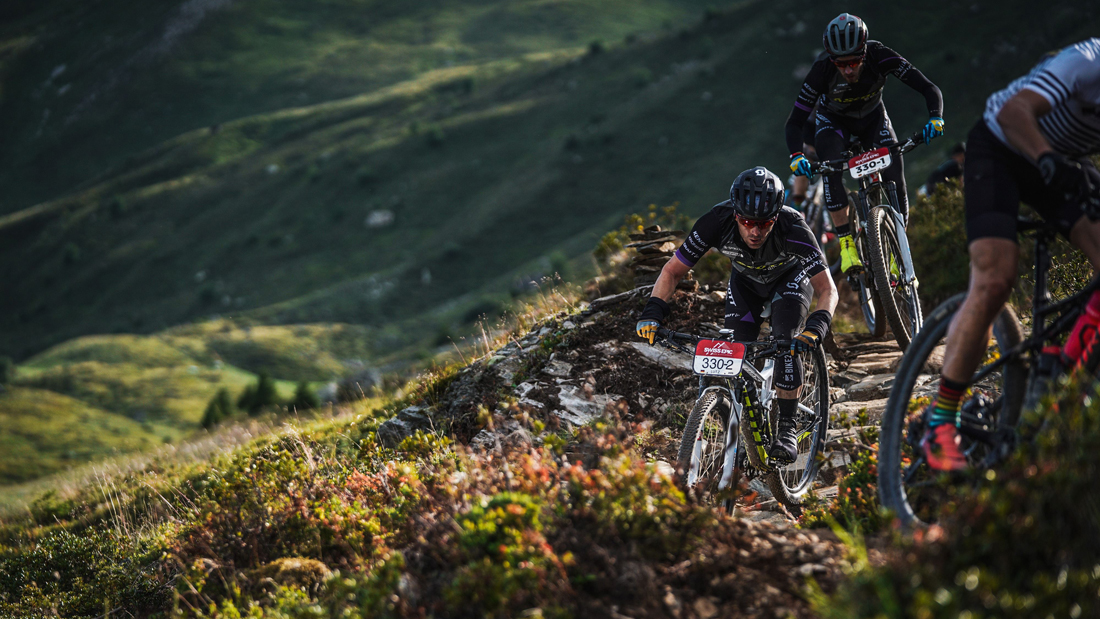
The somewhat longer and more popular form of cross-country mountain biking among sportif cyclists is the bike marathon; also called XC marathon (XCM). This is a long XC race for everyone. The whole peloton starts in the same way as in XC races. The only difference is that the number of riders is much higher, sometimes more than 1000. The courses are comparable to cross country courses and consist of either a longer circuit or a course leading from A to B – less 'lap learning effect' and more unexpected challenges. Short marathons have a minimum length of 40 km. Long marathons start at 110 km and in extreme cases, such as the Salzkammergut Trophy in the Alps, goes up to exactly 210.2 km and 7147 hm – real challenges where the only thing that counts is finishing. So, it's better to pace yourself and ride steadily.
XC marathons come very close to many MTB tours across the central German countryside, where the journey is the reward. If you want to ride your bike through forests, across fields, off-road and sometimes over paved roads, but also want to ride the occasional moderate downhill without much practice, an XC MTB is a good choice. On unpaved paths and not too demanding single trails, you benefit massively from the usually very good rolling characteristics and convert your power instantly into propulsion particularly efficiently thanks to the stiff lightweight construction. I'll just go out for a short ride! When you ride your first tours on the trails outside your door on an XC MTB, you can probably keep this promise. Next you'll find out what makes an XC MTB and what special features it has in terms of geometry, chassis, weight, drivetrain and cockpit.
What Makes an XC Mountain Bike?
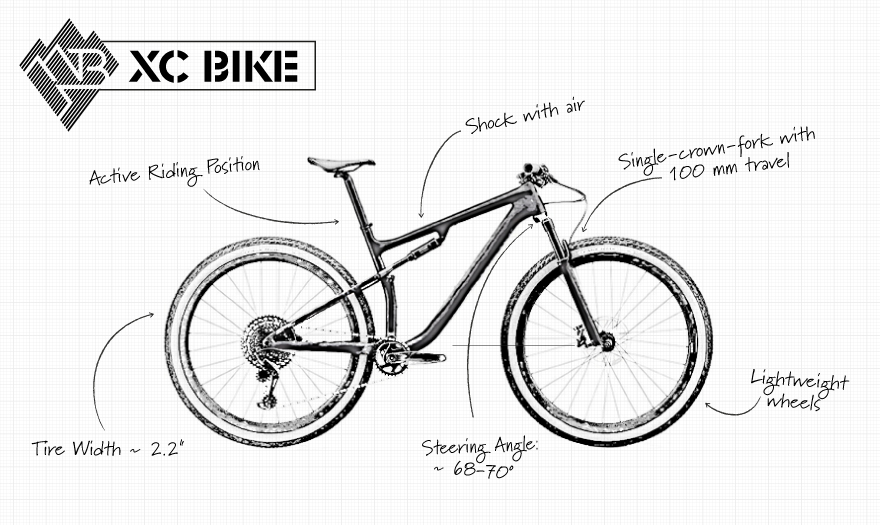
Modern cross-country mountain bikes should above all be light, quick to accelerate and yet stable enough to cope with moderately technical passages and small jumps on the trails. Quite high demands for the bikes, which sometimes weigh less than 10 kg and are only equipped with a suspension fork at the front. The central component of every cross-country mountain bike is the hardtail frame, which often has no rear suspension. Frames with limited rear suspension (100 mm) are also used, depending on the XC or marathon route, or as particularly light touring xc full-suspension mountain bikes. Down-country bikes are a new trend, especially in the field of recreational mountain biking.
Before we go into the details of the construction and components of an XC MTB, we would like to briefly answer the question: "Do I need an XC Bike with frame suspension or an XC Hardtail"? It's best to think about what kind of MTB tours you like to do with the bike. If you mainly want to ride on forest and gravel roads or flat single trails, a hardtail is the better choice. However, if you plan to do a lot of nature trail riding, i.e. single trails with rocks, roots and other technical challenges, then an xc full-suspension mountain bikes is the right choice.
Whether hardtail or full suspension, the following materials are generally used: In the entry-level range, light aluminium for a good price-performance ratio. And in the mid-range and high-end range, carbon provides impressively low weights that are almost equal to those of road bike frames. Another special feature is that full suspension frames are also often made entirely of carbon. The frame geometry of modern XC bikes allows for fast acceleration as well as traction and at the same time conveys a safer feeling on descents. This is possible thanks to a lower head angle of approx. 68 - 70 degrees, which, in combination with the seat angle, does not shift the rider's weight too far backwards. The typical seat angle of these bikes is around 74 - 75 degrees and contributes to a central, balanced riding position. The chain stays have been shortened for faster acceleration and agility and the wheelbase has grown for further improved rolling characteristics. On XC race bikes, with 100 mm of travel, the stack height is very low and, together with the less steeply sloping top tube, provides an aerodynamic ross country riding riding position. To ensure that the feather-light frames are nevertheless stiff and can withstand all trail tortures, they are designed to withstand loads by means of elaborate simulation and test rides. To give them additional stiffness, thru axles are increasingly being used on the front and rear wheels.
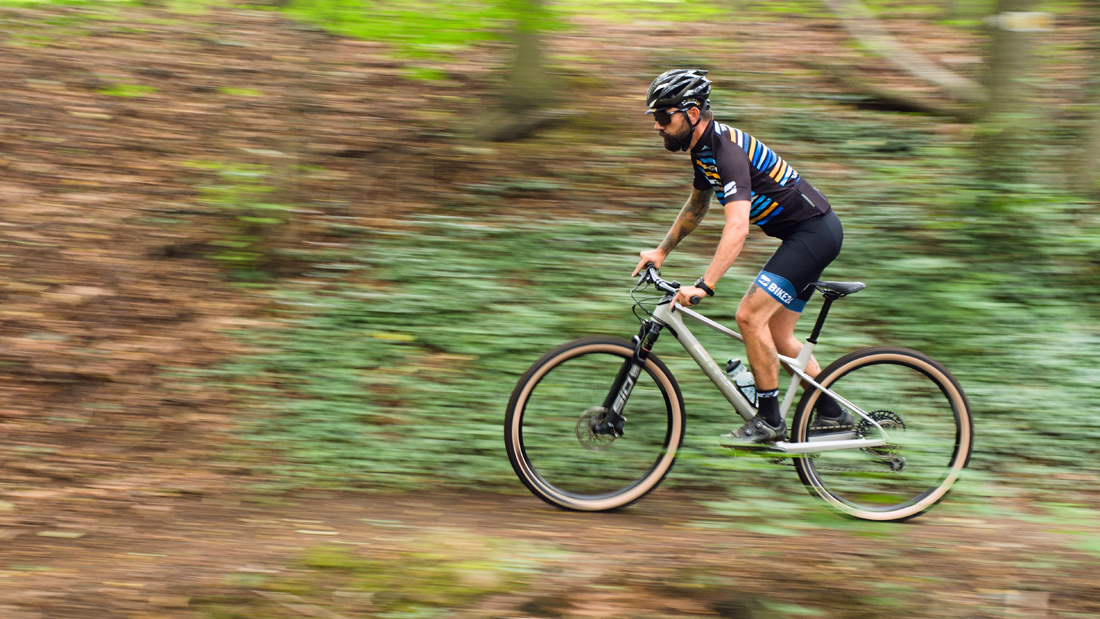
This means that almost only 29" wheels are used. Thanks to carbon or aluminium and the possibility of using tubular tires, these are among the lightest wheel types used on MTBs. The large wheel size generally ensures very good rolling characteristics and smooth running. Nimbleness is less of a priority. The tires used on MTB Cross Country bikes are rather narrow (typically 2 - 2.25") to match the wheels and are designed to have as little rolling resistance as possible in terms of rubber compound and tread. You won't find large knobs, but rather many small knobs spread across the entire tread. To make these tires particularly light, they consist of very woven fabric layers (carcass layers) with high thread-count and usually come without extra sidewall protection. The tires offer the most grip on dry, hard surfaces with no loose.
XC hardtails only have a front suspension. The so-called suspension forks mostly offer only 100 mm of travel, which is usually sufficient on cross-country terrain when properly adjusted. The limited travel, combined with the rather slim fork chassis (stanchions and casting), allows the forks to be very light. Some manufacturers also offer forks with only one fork leg, which keeps the weight just as low. Higher-quality forks can usually be locked from the handlebars for minimal loss of power on uphills. XC full-suspension mountain bikes for touring also use particularly light rear shocks with 100 mm air springs. The basic setup of these shocks is rather firm for maximum efficiency. If necessary, however, their damping unit can also be completely locked.
In the field of shifting systems, derailleurs with 1x11 or 12 speeds and wide-range cassettes (e.g. 10 to 50 teeth) also dominate MTB Cross Country. They are considered very reliable and offer the right gear ratio for all requirements. If you want to go one step further in terms of shifting speed and precision and spare no expense, you should choose a bike with electric shifting system.
Because the descent or gradient in Cross Country is rather moderate and the proposed area of use is less winding, the brakes are not designed for brute braking power or maximum fading resistance, but rather for the best possible ratio between necessary braking power and weight. For this purpose, 2-piston disc brakes are used as standard at the front and rear and often only 140- or 160-millimetre brake discs.
The cockpits are designed for aerodynamics and control – yes indeed aerodynamics – negative angled stems and flat bars are standard. The handlebars, thanks to their 700 - 740 mm width, nevertheless allow for good leverage and a lot of control. The race DNA is also often evident in the seat area in the form of rather sparsely padded but very light saddles. But nothing is written into the trail. Tips on how to sit more comfortably and accelerate faster at the same time can be found here.
Down-Country Bikes – A new Bread of XC Super Bikes?
Is down-country a flash trend or a new category that embodies the future of MTB cross country? Down-country bikes are supposed to close the gap between cross-country and trail bikes with 120 mm travel at front and rear for better absorption and more refined responsiveness. In terms of construction, materials and equipment, they are very similar to XC and marathon bikes at first glance. If you look at the development, this is not surprising, because the first models were largely based on the cross country DNA. Nowadays, they rely on their very own platforms in terms of frame geometry and rear end technology, for example, the head tube angle and seat angle are specially adapted to the extra suspension travel. Other damper tunes and kinematics modified, for example, via the frame rocker, do the rest to make the wolves in sheep's clothing snappy on the downhills.
The result: on more demanding downhill sections they provide more safety thanks to their travel reserves, and on flatter terrain they invite you to play around. In addition, the bikes are often equipped with a height-adjustable seat post – lower the seat post or saddle, move your bottom back and let the fun begin. To ensure that you get the higher performance potential of the geometry and chassis on the ground and to prevent pinch flats after jumps, the tire volume and width have also increased. Furthermore, tires with larger knobs or tuned front and rear tires are often used. With trail-ready weights of approximately 12 kg, down-country MTBs are similarly light as XC bikes, which is particularly noticeable on uphills and during short intermediate sprints. Over the entire length of the tour, you also save valuable energy. If a trail/ all-mountain bike seems too oversized for the nearby forest, the family-friendly trail centre or the next foothill summit, a down-country bike can be a good alternative. And XC mountain bikers who don't want to be king of every mountain on their home trails will still be thrilled by the ease on the uphill and can speed up, while riding the direct lines on the downhill, thanks to the suspension reserves.
Tip 💡: Buy a second set of XC/ marathon tires for your DC bike and you'll be ready for the marathon on demand!
Cross Country E-Bikes – Reach Your Destination Even Faster!
You and your bike buddies are on full blast during the uphill, while you can already feel your heart beating and hear the breath of the other riders. But suddenly a cross-country rider passes you at rocket speed. You look at each other and a discussion starts: "Was that a cross-country e-bike?", "That's okay for older riders, but younger ones should ride by their own strength."
But what is true about cross country e-bikes? One thing is for sure, many entry-level E-MTBs are hardtails with geometry and performance similar to XC MTBs. In addition, most offer continuous assistance of 250 watts over a distance of about 50 km; up to a maximum speed of 25 km/h. This makes these electric bikes ideal for short, not too demanding trail tours and riders with a rather small-time budget who want to start XC mountain biking. Cross-country e-bikes are also interesting for older people who want to experience the freedom of mountain biking on nature trails despite being less fit.
Which MTB Apparel and Equipment Is Required for Cross Country Mountain Biking?
As cross country is the elite class of mountain biking in terms of performance, apparel and equipment are also geared towards maximum performance and are very similar to those of road cyclists. XC mountain bikers often wear a tight-fitting (aerodynamic) outfit consisting of a jersey and bib shorts with seat pad. On the feet, particularly sleek, well-ventilated XC MTB shoes with a stiff sole and of course clipless pedal compatibility – for optimal power transfer – are used. They are not as suitable for walking as, for example, trail or enduro footwear.
To protect your eyes, you should also wear cycling glasses. They protect your eyes from drying out due to the wind or coldness, UV light, dust, dirt and debris. On sunny days it is also advisable to wear glasses with tinting or even self-tinting sports glasses. On the hands, cross-country cyclists wear fingerless gloves for good ventilation, which provide more grip and vibration damping. When riding on fast cross country trails it is also necessary to protect your head with a helmet. And because XC helmets are very different from those of other MTB disciplines, we have dedicated an entire chapter to them.
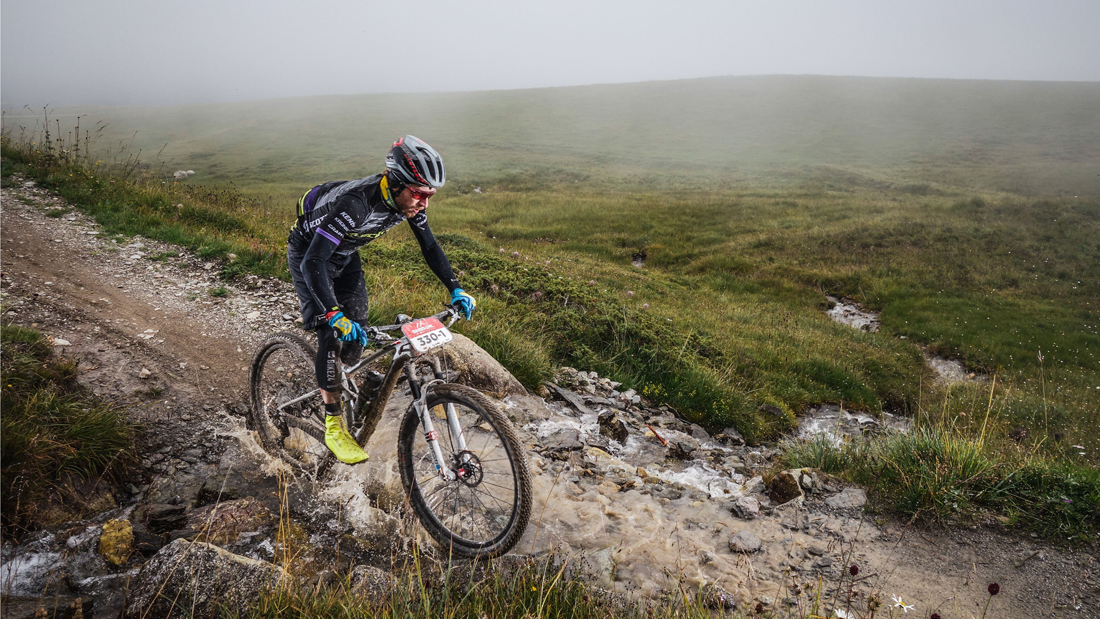
Optimal Ventilation and Low Weight – Cross Country Helmets
No other MTB discipline is as focused on wattage as XC. With peak output in climbs of up to 1500 watts, keeping a cool head is the be-all and end-all. But even with the combination of fast and technical sections, safety should not be overlooked. Gone are the days of thin hairnet helmets. An XC helmet suitable for competition consists of a lightweight in-mold half-shell construction – less than 300 grams is not uncommon these days. Furthermore, these featherweights also combine first-class ventilation with an aerodynamic design. Despite the rather sleek design, state-of-the-art impact protection such as MIPS and retention systems that can usually be individually adjusted to the head shape are hidden under the cover. The visor tends to be smaller or is completely removed in order to save weight on competition models.
MTB Parts to Increase Performance
You think your XC or marathon bike is already light and you feel how fast it accelerates with every turn of the crank. But there's certainly more to come! This is possible because the development of materials and technologies always continues.
Today's XC wheelsets are light and wide. Advanced XC forks offer good responsiveness, low weight and yet good stiffness values. Ergonomically things have changed, too. The super lightweight saddles offer top comfort at weights around 150 g thanks to cut-outs in the centre and partly special damping systems. Although the cockpit nowadays features lightweight construction, it is ergonomically oriented more towards the rider due to revised handlebar and stem geometries. We have listed the most important tuning options for XC MTBs to give you a good overview:
- Wheels and tires – click here to see the topic.
- Pedals
- The standard in XC, a pair of clipless pedals allows for particularly efficient power transfer due to the connection between shoe and pedal, which is especially noticeable on the uphill. Extra light models have titanium axles and weigh less than 200 grams per pair.
- Suspension fork and rear shock
- Mid-range and high-end suspension parts for XC are many times lighter and at the same time feature more adjustable damping systems compared to entry-level models. With these you can adjust your suspension so that the damper is firm when sitting and out of the saddle, e.g. on the uphill, and quickly releases full travel when going downhill.
- Handlebar and stem
- The length, width and angle of the handlebars and stem should match the rider and riding style. Once you have found parts with the right specifications, there is still the question of material: a higher-quality aluminium alloy, e.g. 7075, is affordable and usually still light. However, handlebars or handlebar-stem units made of carbon also form the top-class here. They achieve even lower weights and superior stiffness.
- Gear and drivetrain – read on here!
- Crank
- Another important component on Cross Country bikes is the crank. The latest models are also lightweight thanks to aluminium milling or hollow crank arms made of carbon. For the racehorses of mountain biking, many manufacturers also offer the option of buying a crank with a power meter or retrofitting one. This allows you to monitor your power development during your training and to train in a more targeted way.
- Seat post
- In addition to the extra-light aluminium and carbon models, many XC riders are also interested in a height-adjustable so-called dropper seatpost. This allows you to lower the saddle on the descent, making your bike much more nimble.
- Grips and saddle
- Even the best bike doesn't feel great, if the contact points don't fit the rider's anatomy. A pair of grips that are fixed with an anti-twist lock, with more padding, a more suitable diameter and a comfortable material can work miracles. The shape of the saddle also has to suit you, no matter how well aligned it is. To try out new models, it is important to measure the distance between your sitting bones beforehand or have them measured in a specialised shop.
- Brakes – everything you need to know about brakes you will find here!
Unbeatable – Lightweight XC Wheelsets with the Fastest MTB Tires!
Replacing the wheels and tires is the most efficient way to boost the performance of your probably already nimble XC bike. The 29" MTB wheel upgrades are usually significantly lighter or have a lower rotating mass. In principle, this is achieved with lighter 29" rims and also lower spoke counts, e.g. 24 at the front, 28 at the rear. Thanks to the Boost standard for hubs and thru axles and innovative materials, it is still possible to build stiff and predictive wheels. For affordable wheel sets, aluminium rims are used. But when it comes to reducing the rotating mass to a minimum, there is no alternative to carbon. In terms of tire compatibility, they also offer something unique in the field of MTBs, namely the possibility of using tubular tires in competitions instead of clincher or folding tires. A full carbon cross country wheelset can hit the scale at just 1200 g (without tires), despite the wide rims. In terms of rim width (inside rim width), you will mainly find rims with 25 to 30 mm on cross country wheels for retrofitting. The narrower models are used mostly by technically experienced riders and racers. The wider versions, in combination with bigger tires, will increase comfort and are more forgiving of riding mistakes while providing more traction on the uphill, but also a little more rolling resistance.
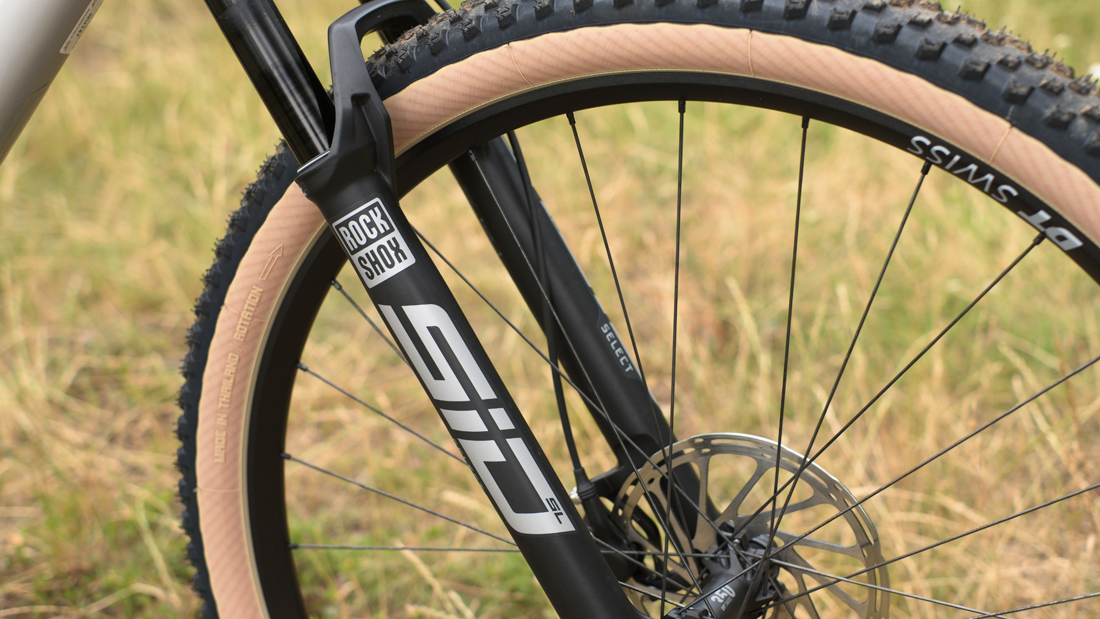
Rolling efficiency of course mainly depends on the tires used. However, special XC MTB tires in the right versions manage to reduce it to a minimum. You save a lot of external rotation mass (approx. 200 g) if you use tires with a foldable bead core instead of wire bead tires. If you are already using this type of tire, a not too rough tread and a rubber compound optimised for speed will have a positive effect on propulsion, too. Another increasingly popular solution is to convert to tubeless tires. Many of the wheels used and almost all currently available wheels are approved by the manufacturers as tubeless-ready. Now all you have to do is check whether your tires are compatible or, if necessary, buy new tires and a tubeless set. On the trail, tubeless reduces rolling resistance thanks to less flexing, decreases the likelihood of punctures and snake bites, and allows you to reduce air pressure for more comfort. Thanks to these benefits, tire widths have also increased slightly, which is why tires up to 2.4" wide are today used for new-school XC and down-country riding.
Derailleur and Drivetrain Upgrades – Change Gears like a Pro
1x11 and 12-speed drivetrains are the new standard, thanks to a wider gear range and less susceptibility to breakdowns. And there's no question that all modern shift groups from major manufacturers change gears without problems. But what about shifting speed and precision, weight, durability and transmission ratio? Click, click, click – shifting is as smooth as butter, precise and fast, especially on mid-range and high-end groupsets. This is achieved by better optimised cassettes, tighter manufacturing tolerances on the rear derailleur and shift lever, and mostly by the better Bowden cables. But experienced XC and marathon mountain bikers know that even the best mechanical groupset will eventually break down in damp and muddy conditions. With an electronic high-end shifting system, these annoying problems are a thing of the past. Servo motors controlled by cables or wireless and a sophisticated sensor system ensure incomparable shifting precision and speed. On the scales, too, the better shifting and drive components can ensure a lightning diet. And with up to 400 g less, you can build a competition bike that is in no way inferior to those of the pros.
On a closer look you there are details that give you real advantages with a higher-quality shifting system: Carbon parts on the lever and derailleur cage, smooth-running ceramic bearings, more closely stepped gear jumps, a high-speed 10 teeth cog and larger derailleur pulleys for less energy loss. In general, the higher the quality of the drivetrain parts, the greater the durability, thanks to better alloys and material combinations. If a new derailleur system is too pricey for you, no problem. You can also upgrade to a lighter cassette, chain and chainring on many shifting systems or give your rear derailleur a makeover with a tuning cage.
The Optimal Balance of Braking Power and Low Weight
With a set of new brakes, you can achieve more braking power, lower weight and better adjustability. High-quality 2-piston disc brakes for XC use lightweight aluminium calipers and levers, carbon levers are also possible. The top models also use extra-light titanium hardware. Furthermore, multi-piece brake discs with aluminium spider and steel friction ring ensure that the weight can be reduced even further. The brakes offer reliable braking power thanks to enlarged, better sealed pistons, lines with less expansion and optimised organic or sintered metallic brake pad compounds. The brake levers of current XC disc brakes features reach adjustment as standard and sometimes you can also adjust bite point.
